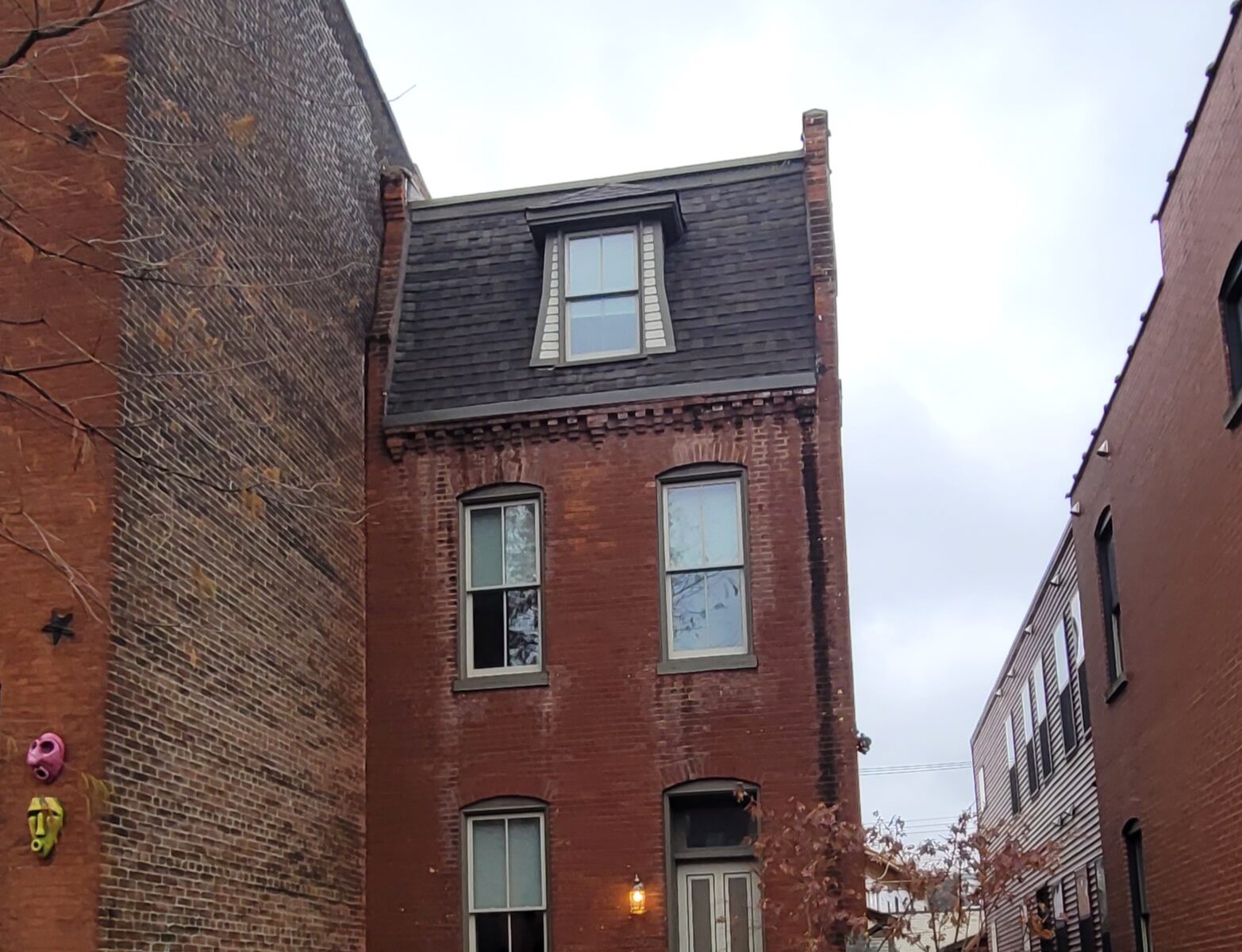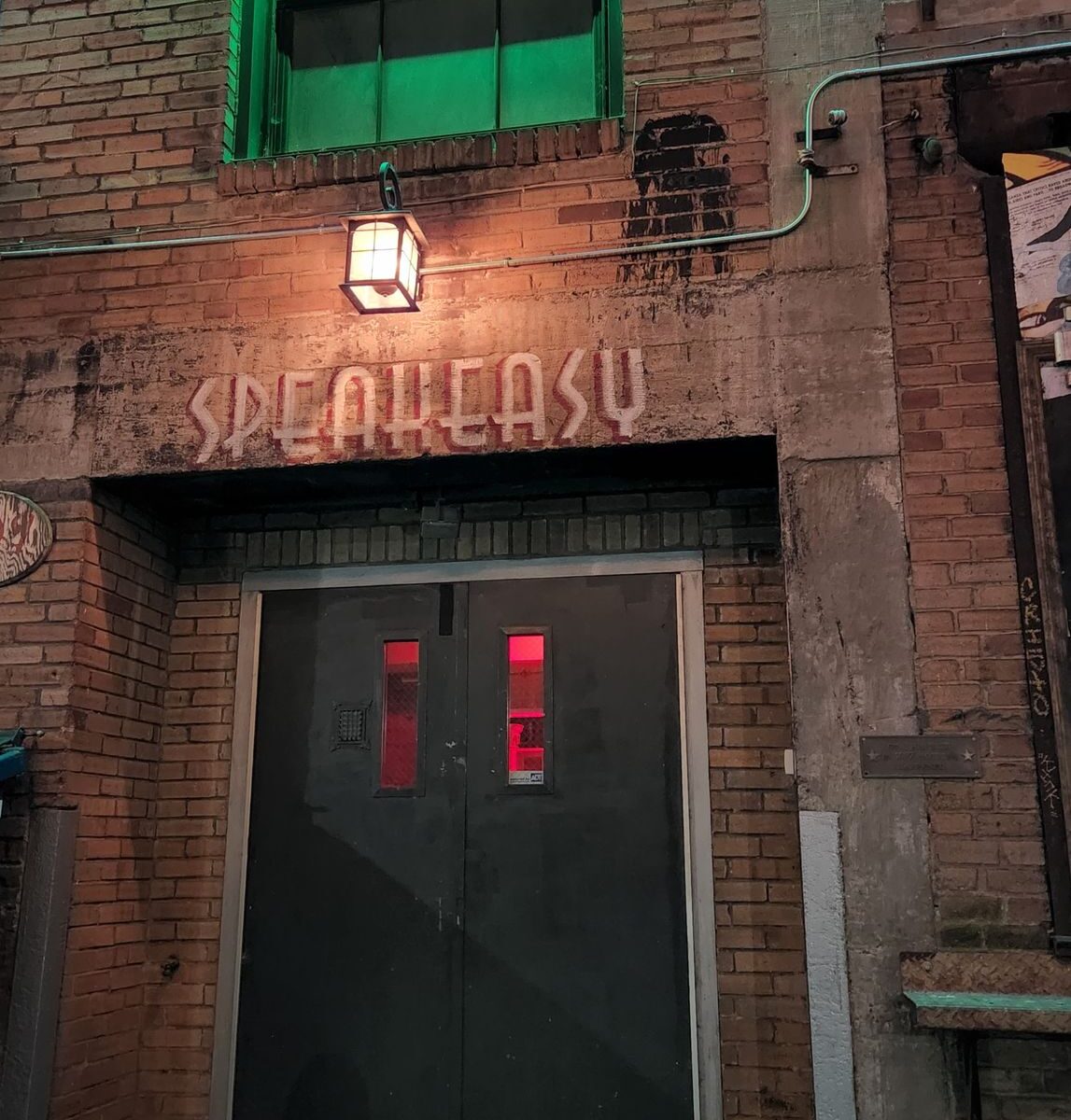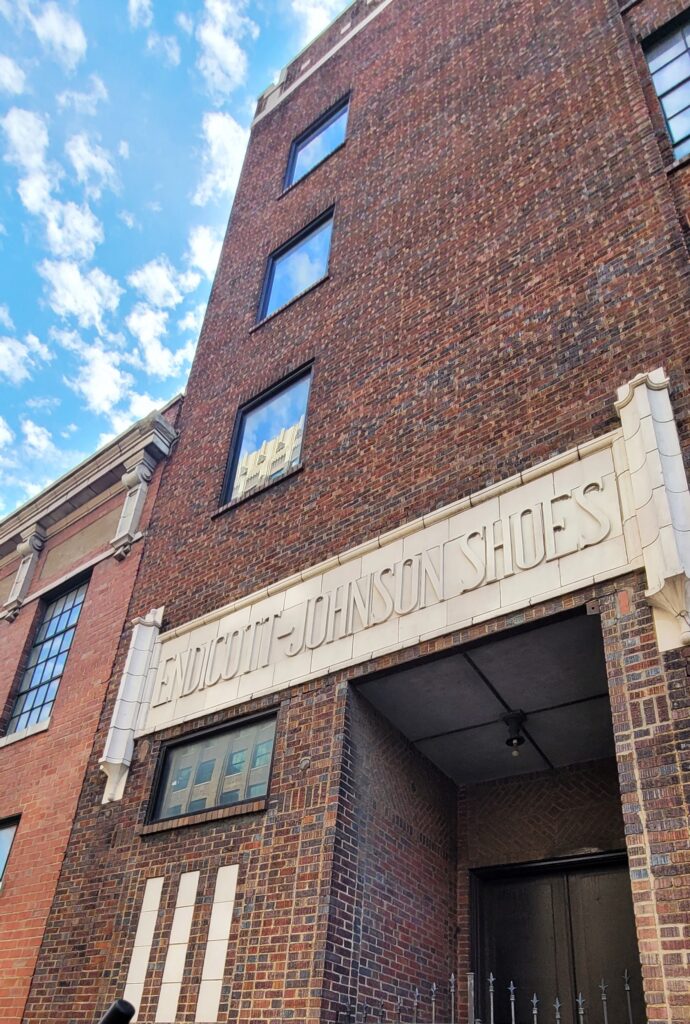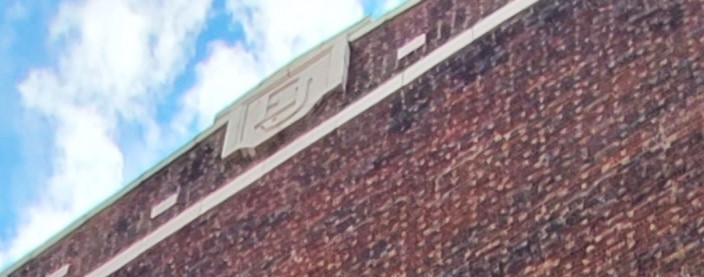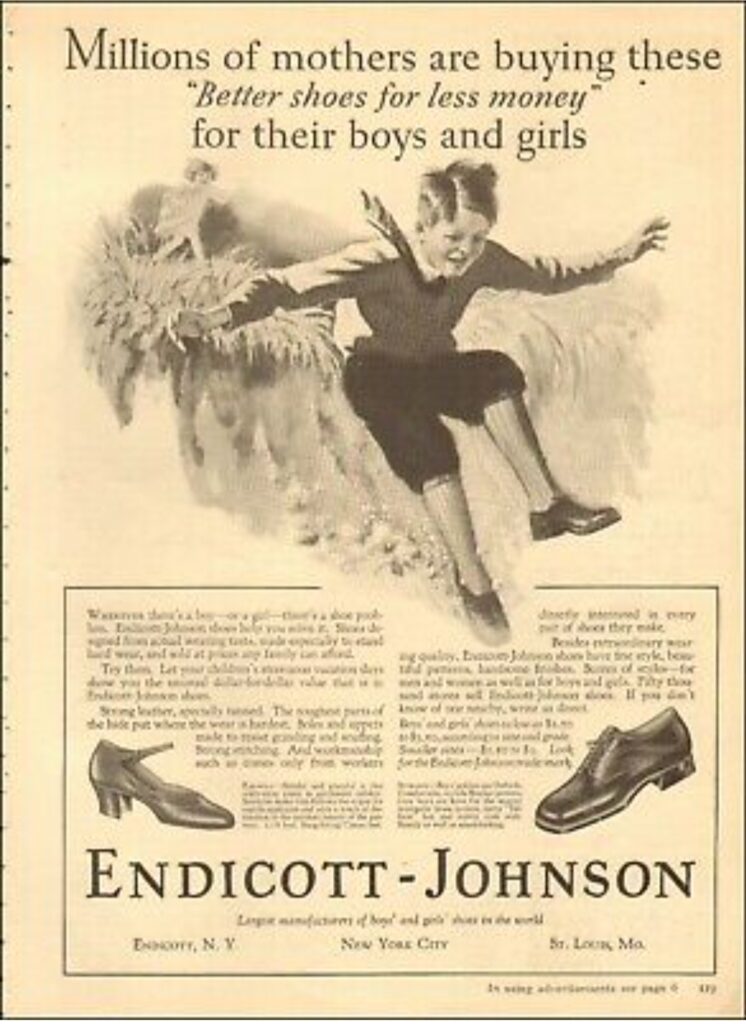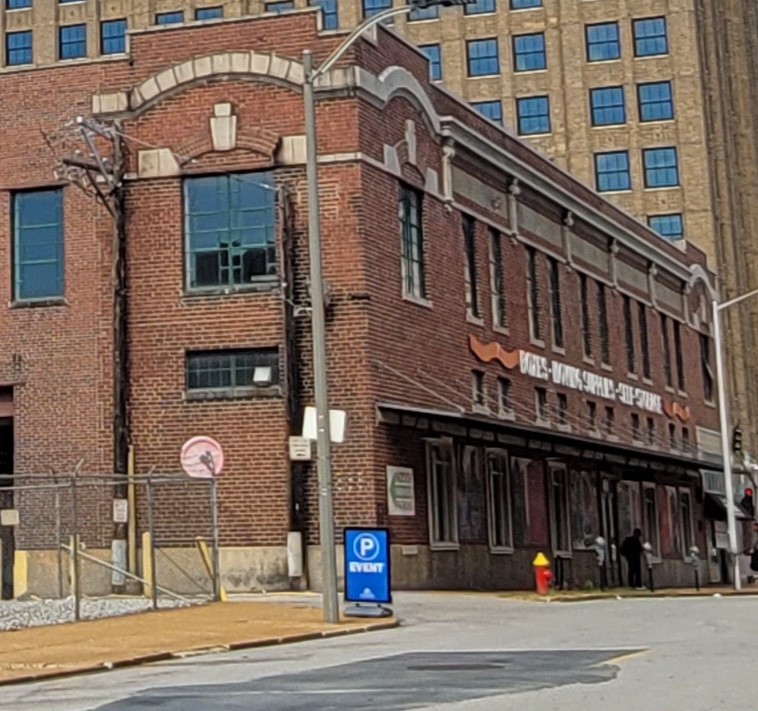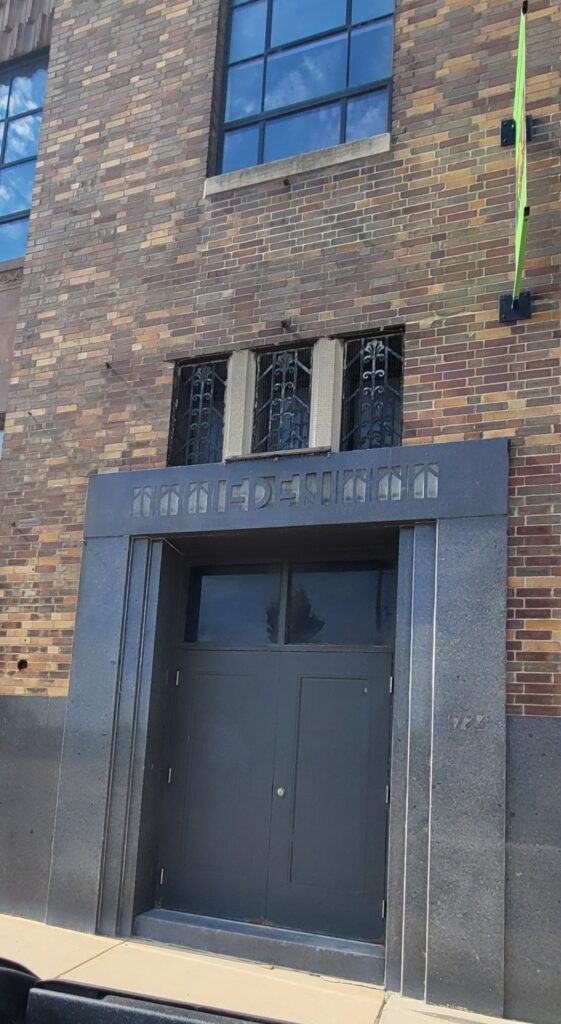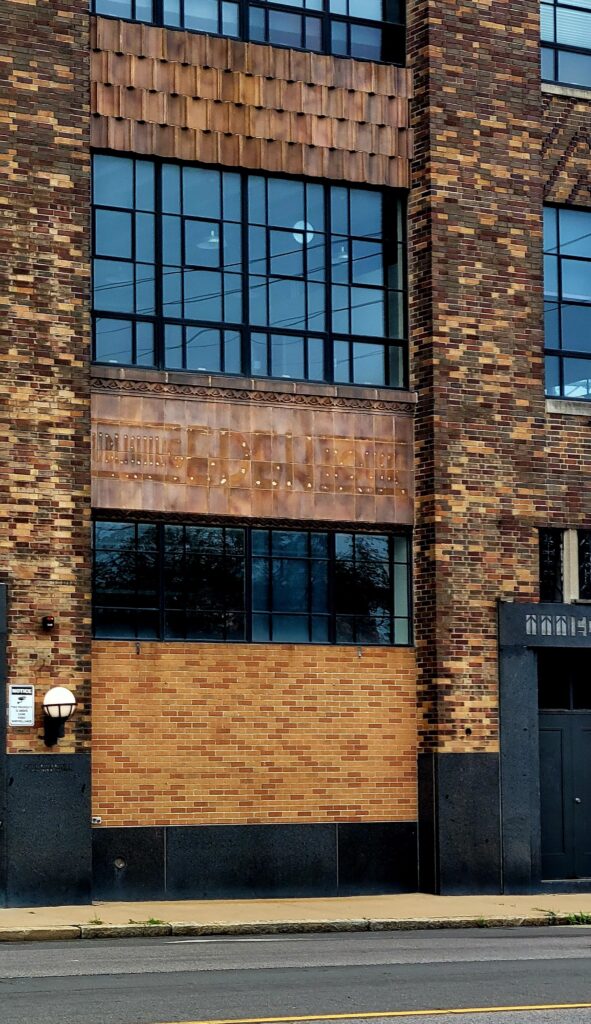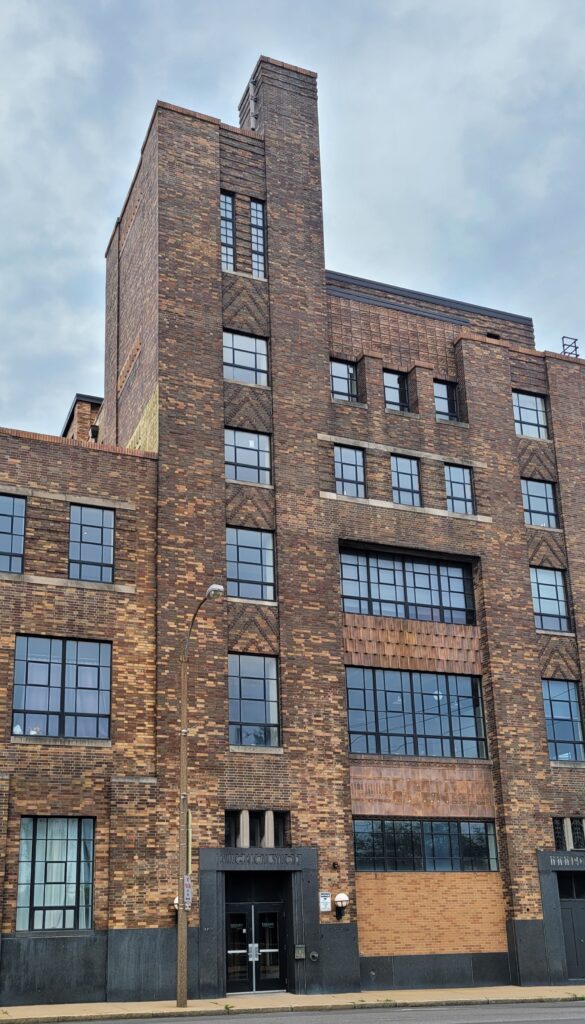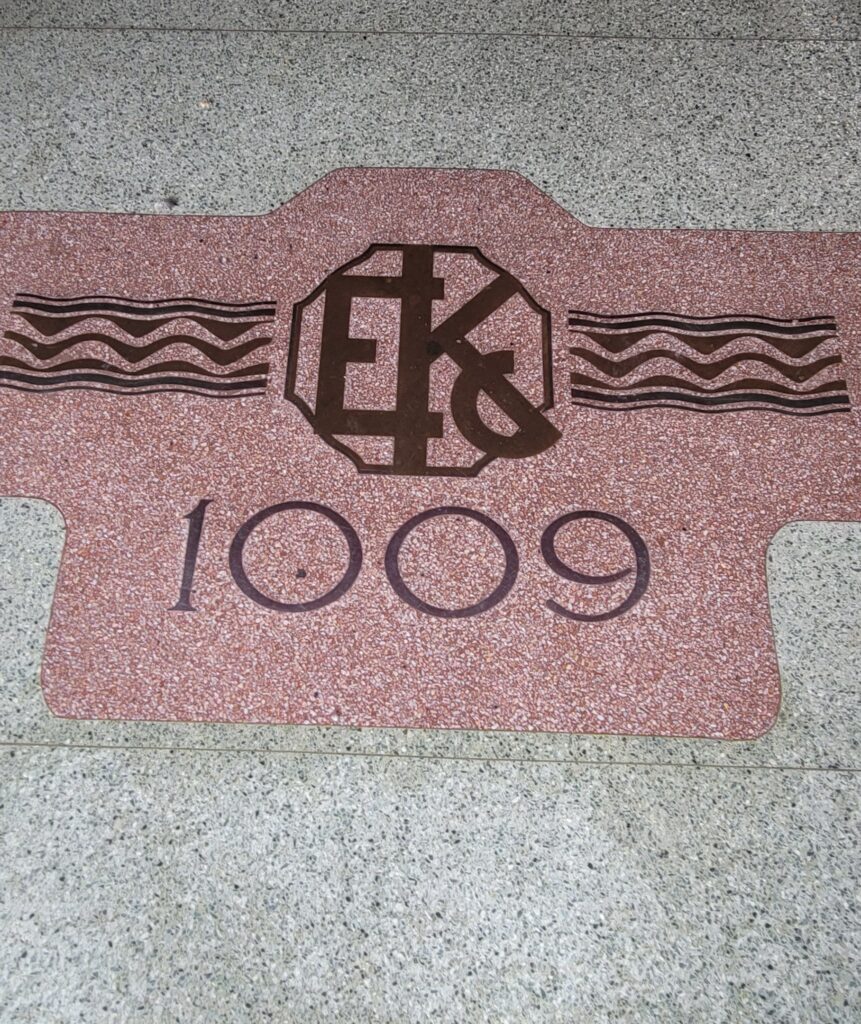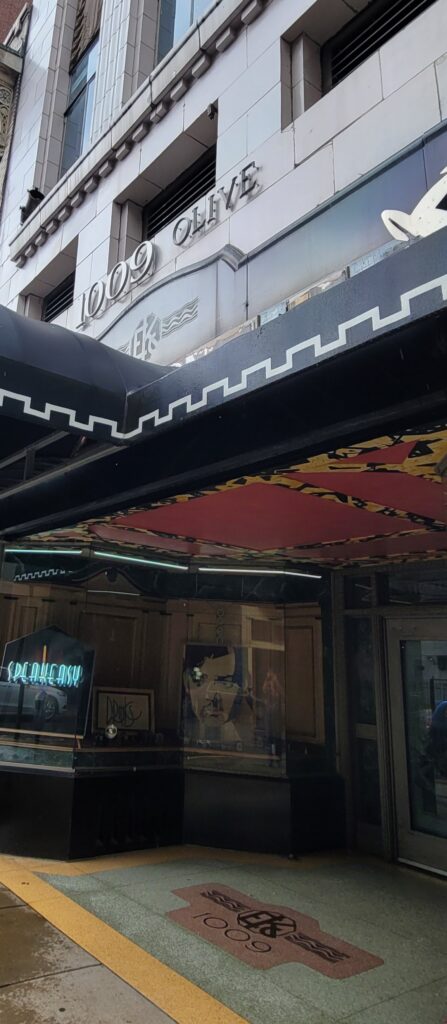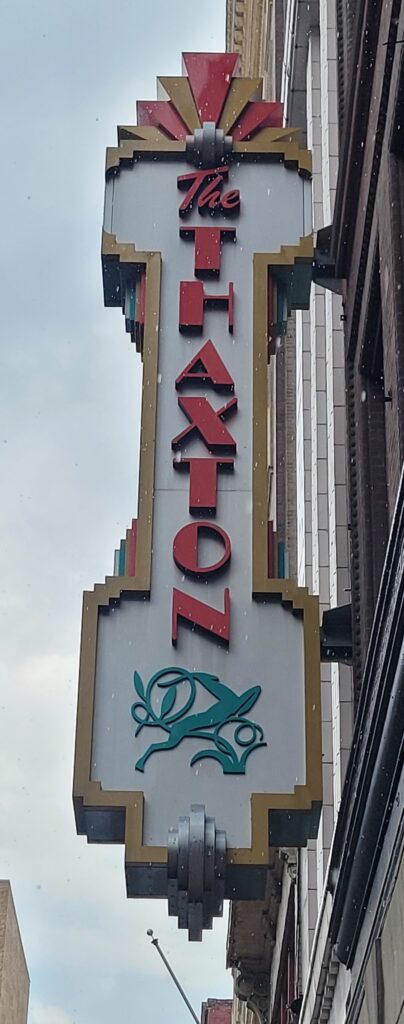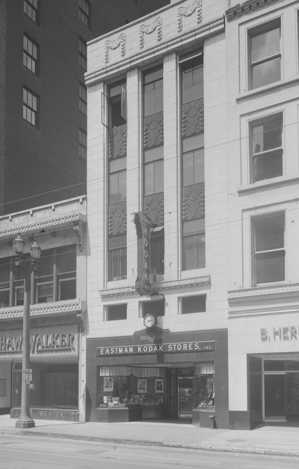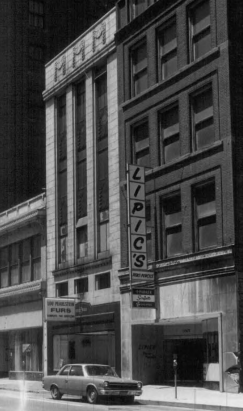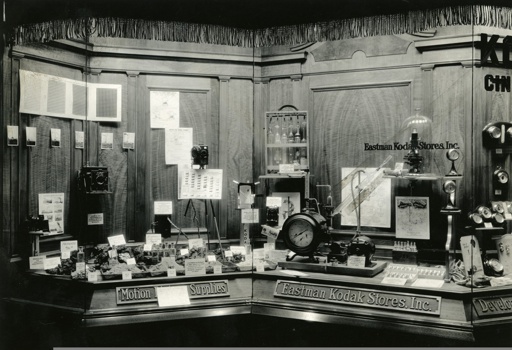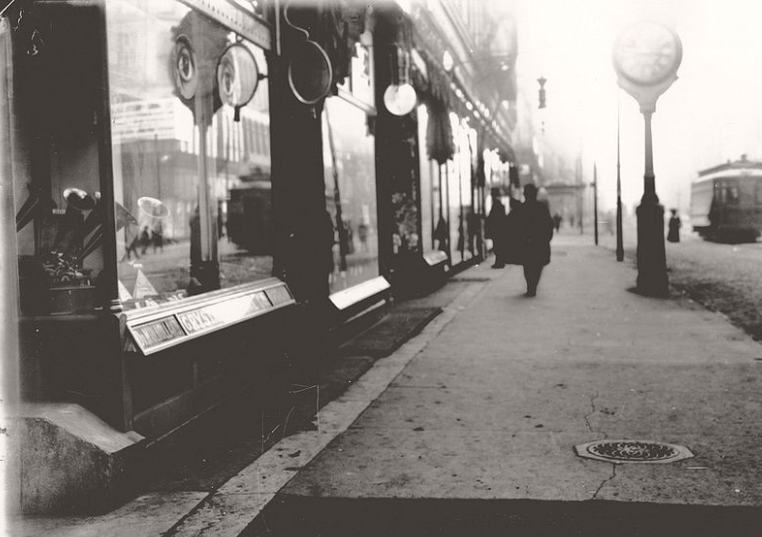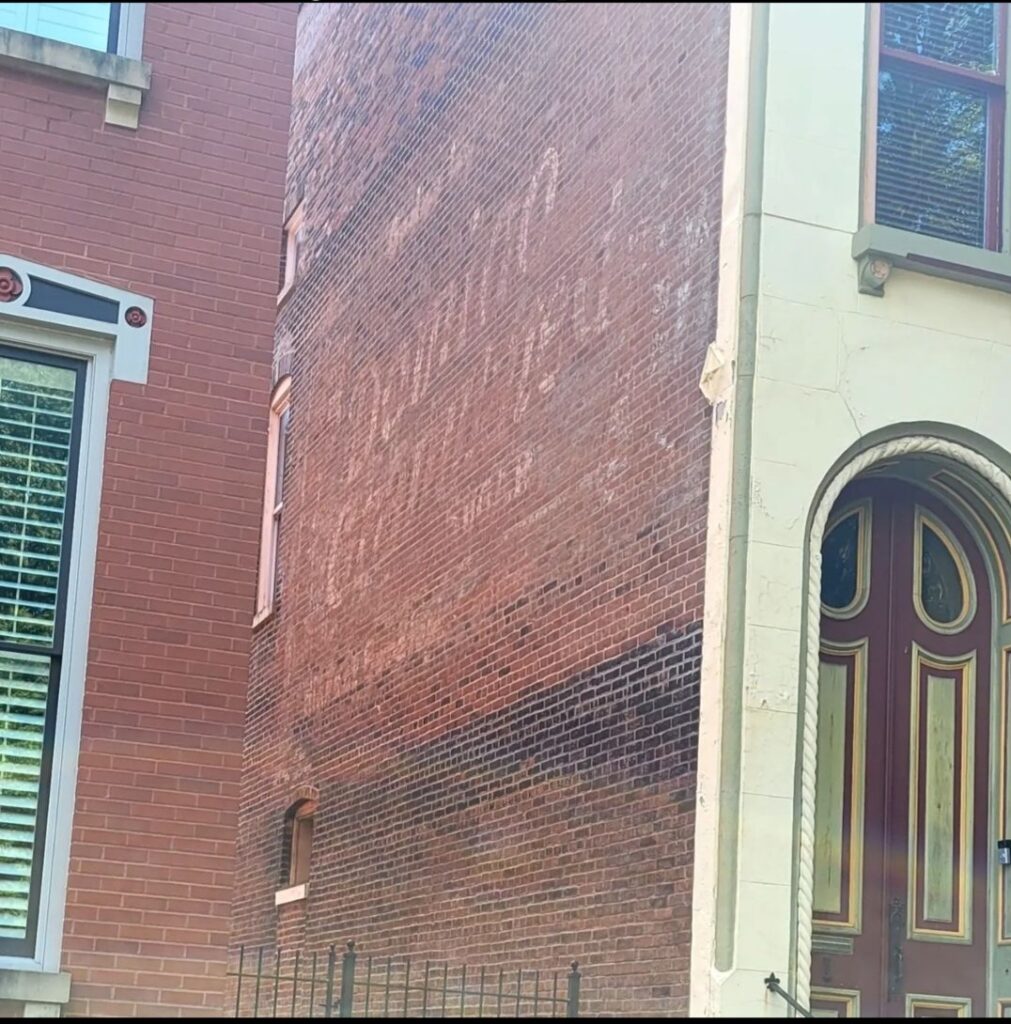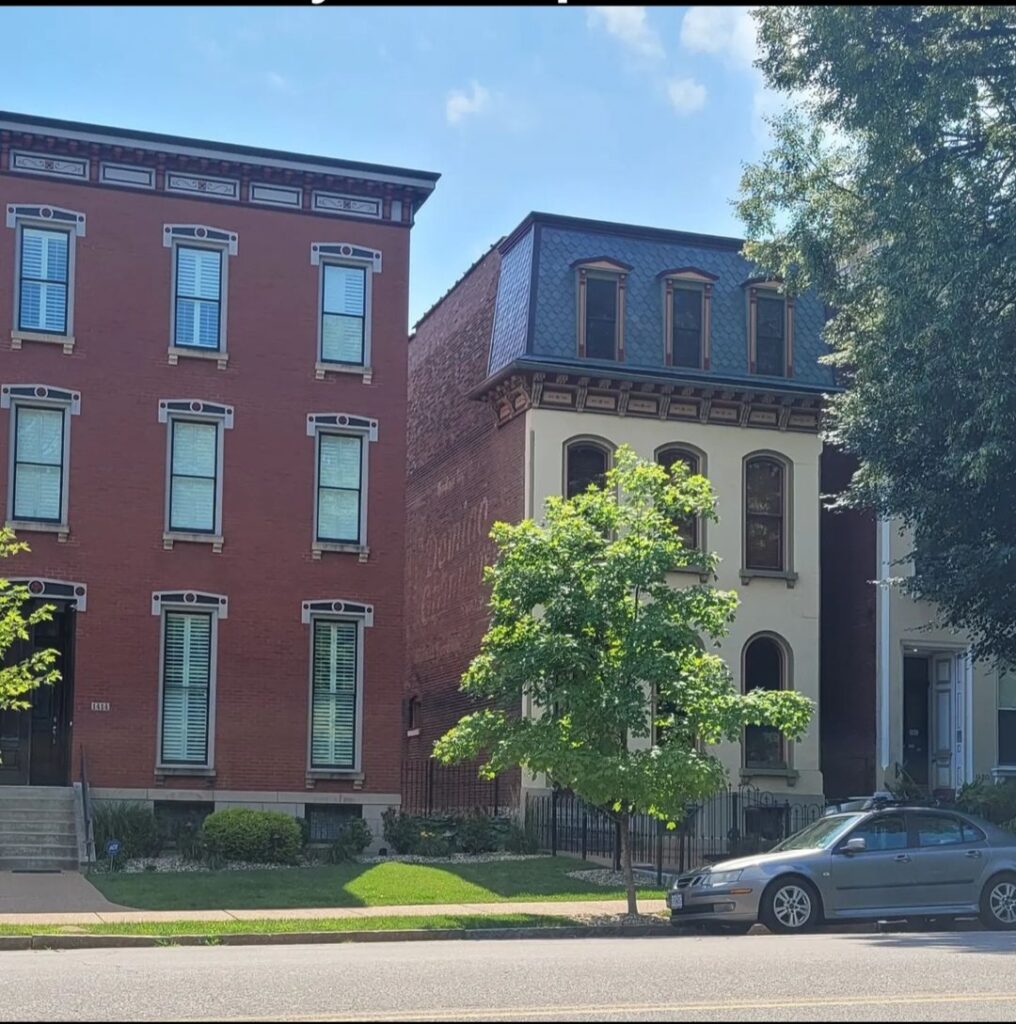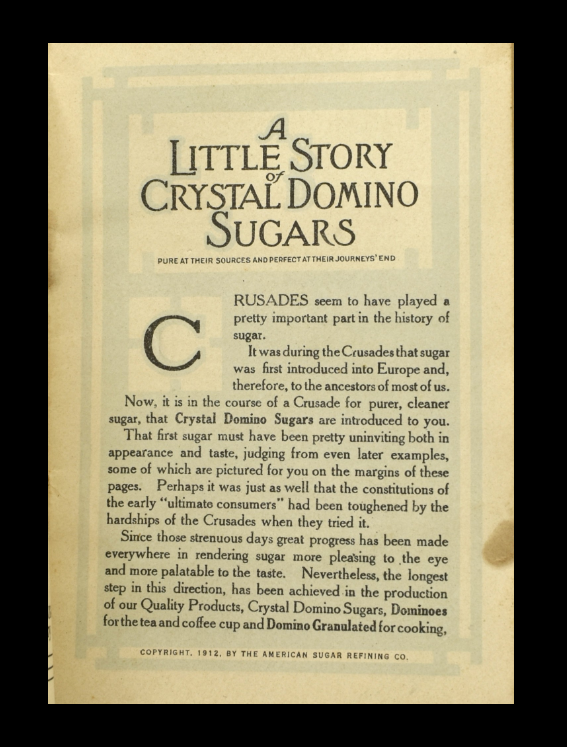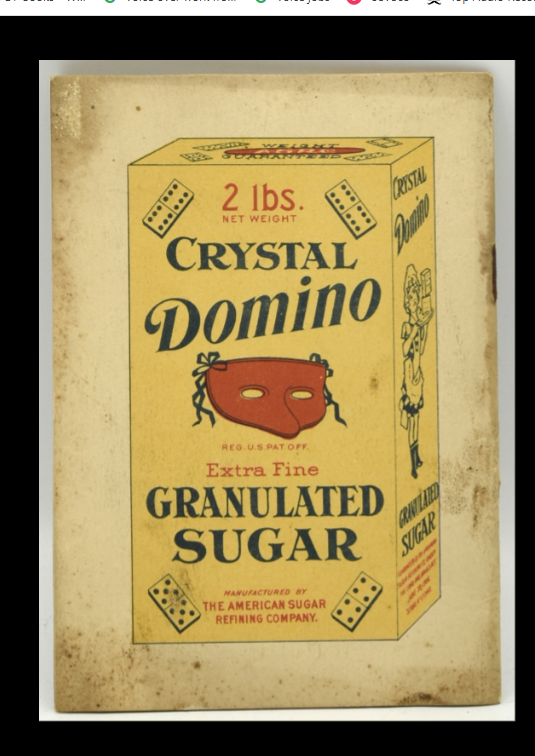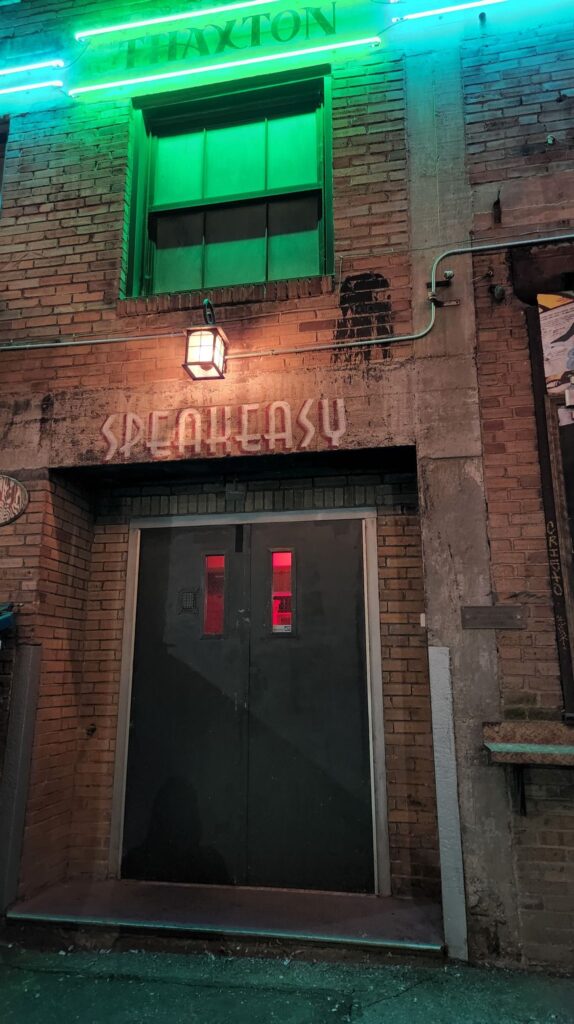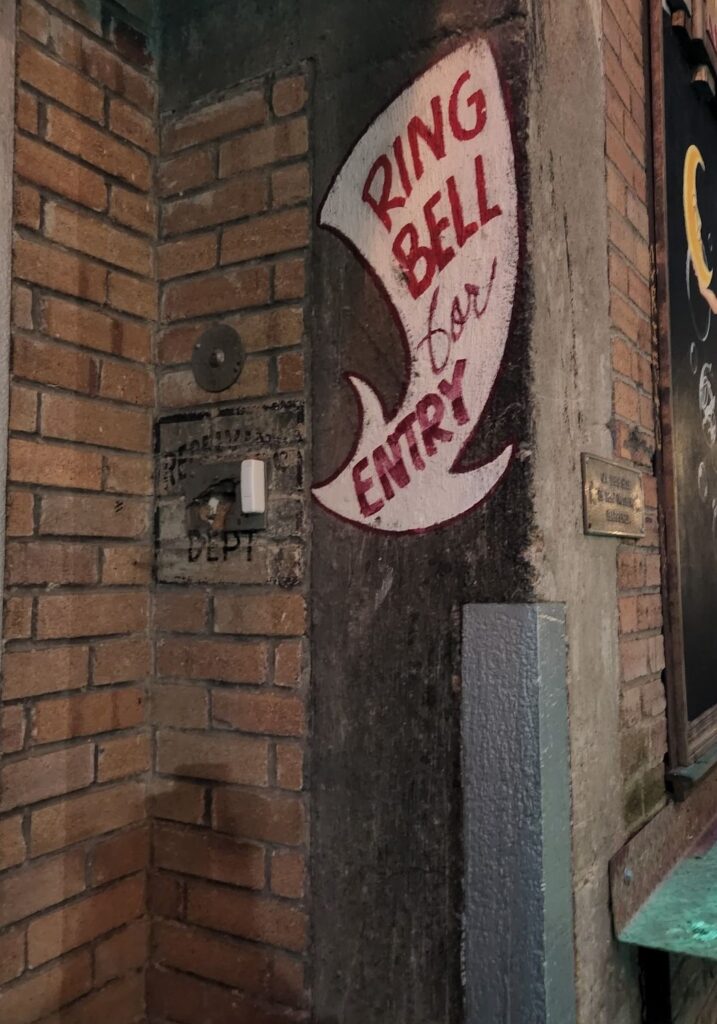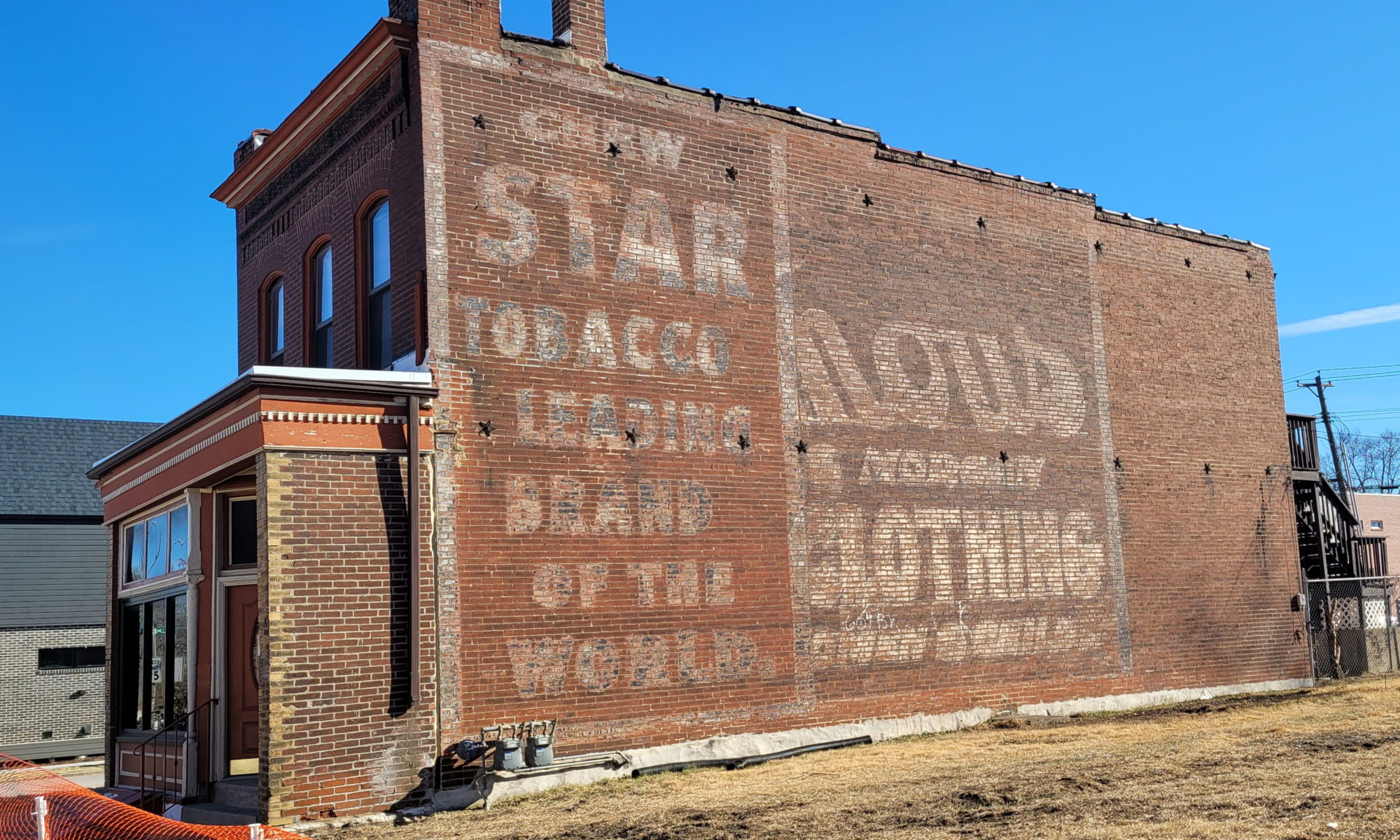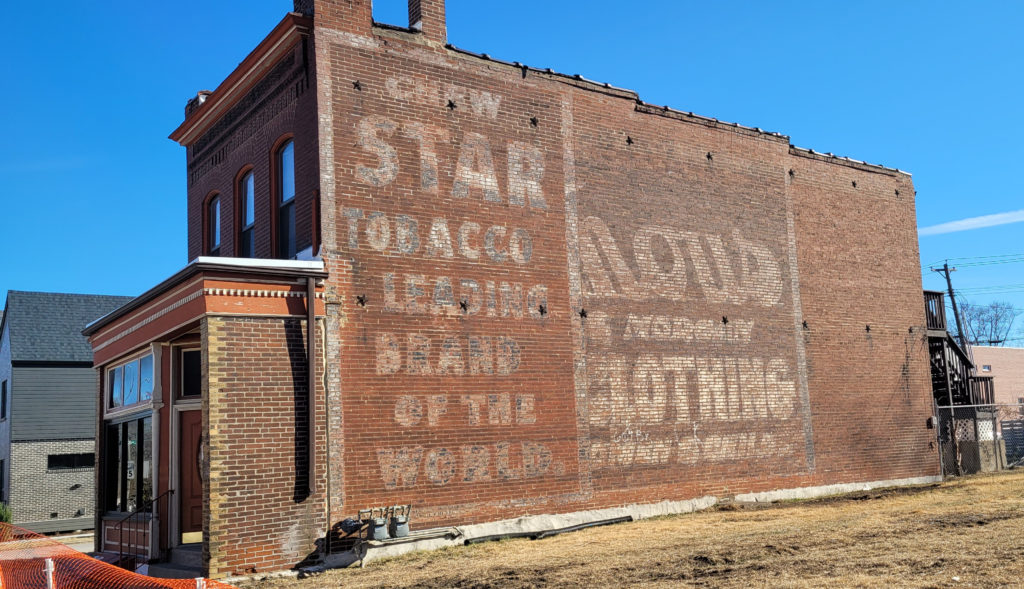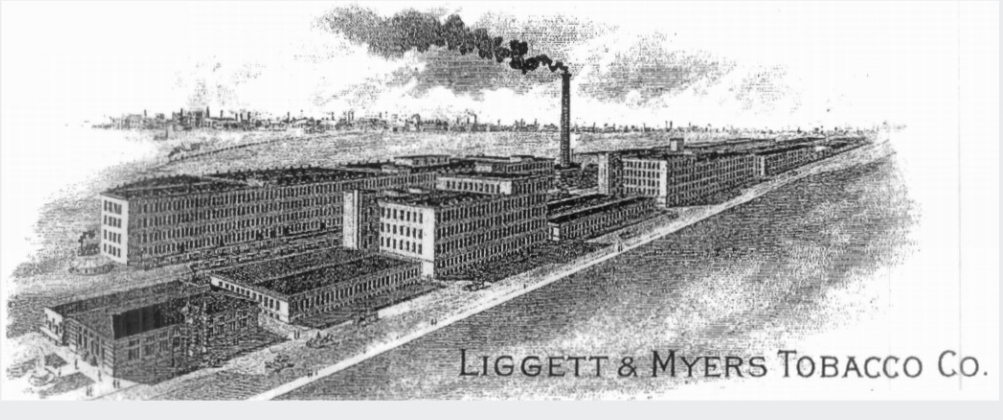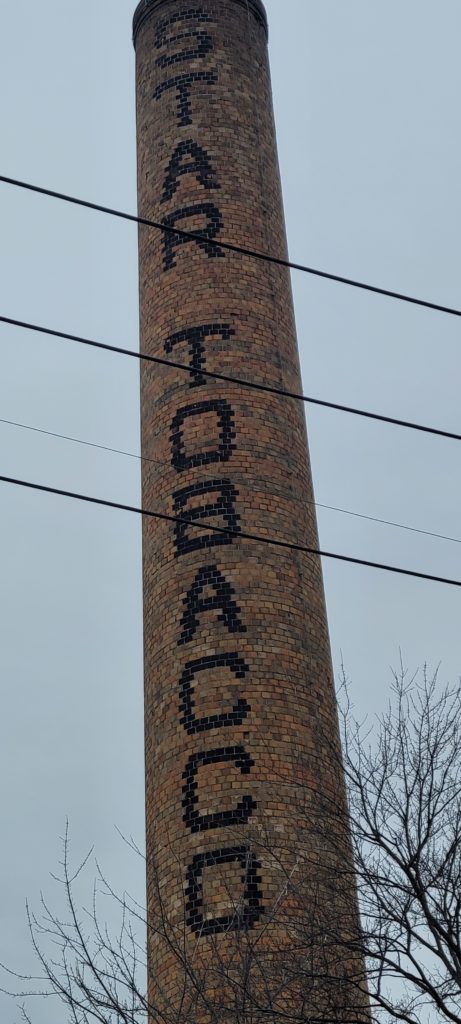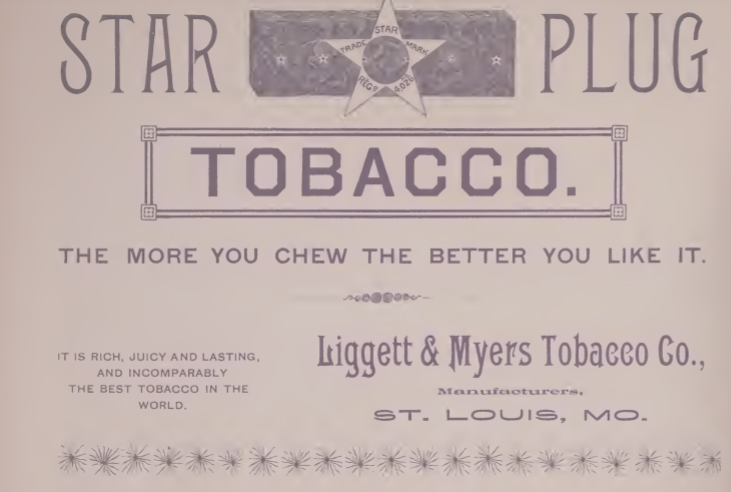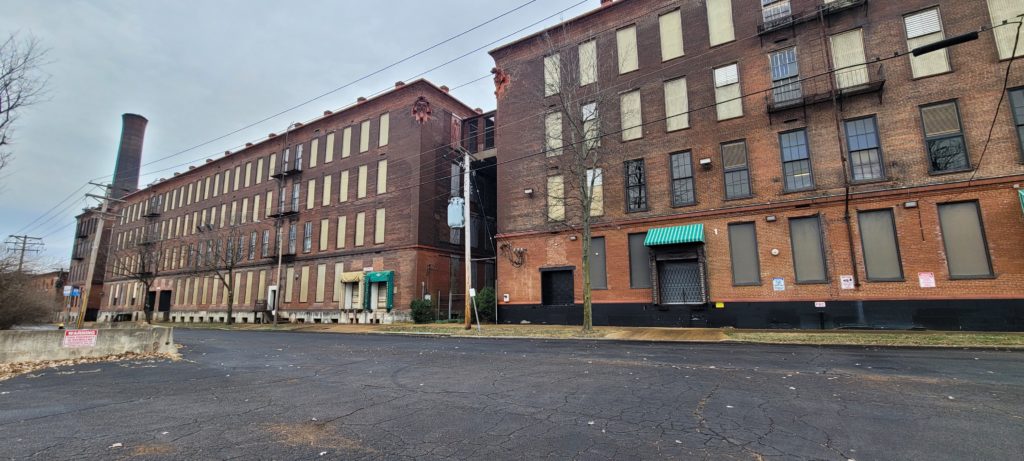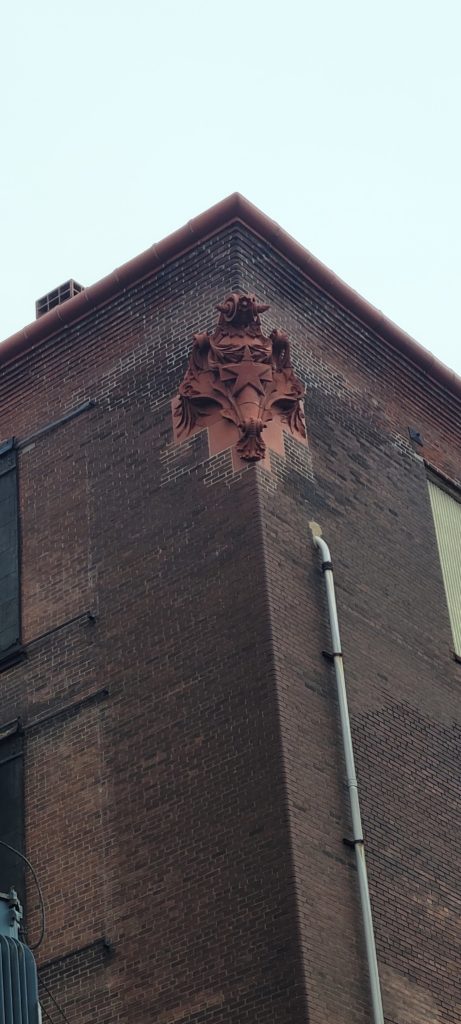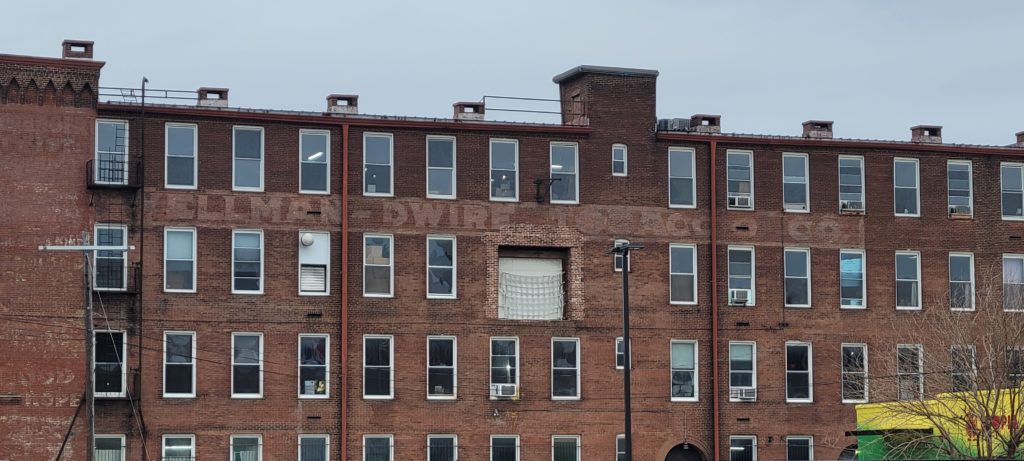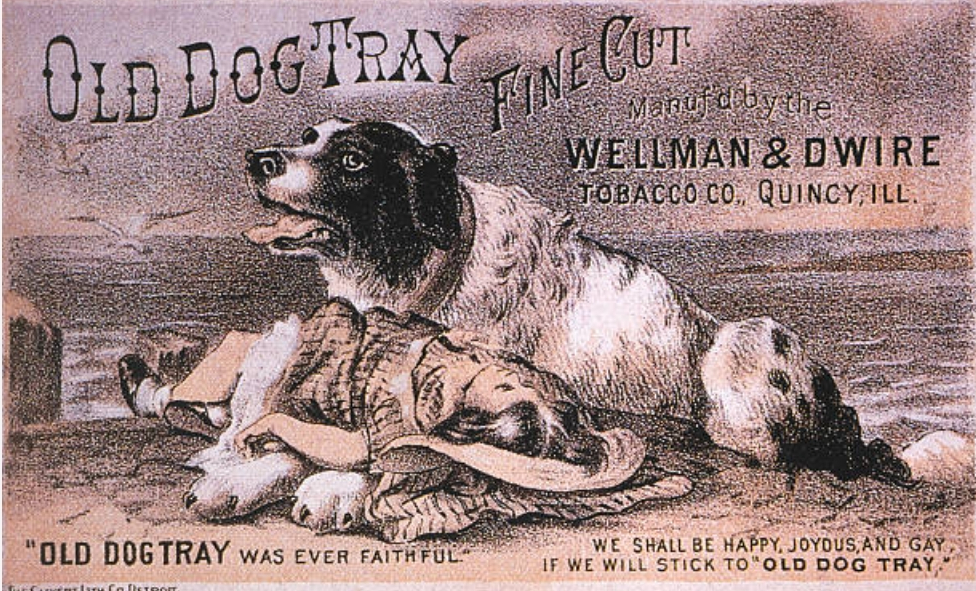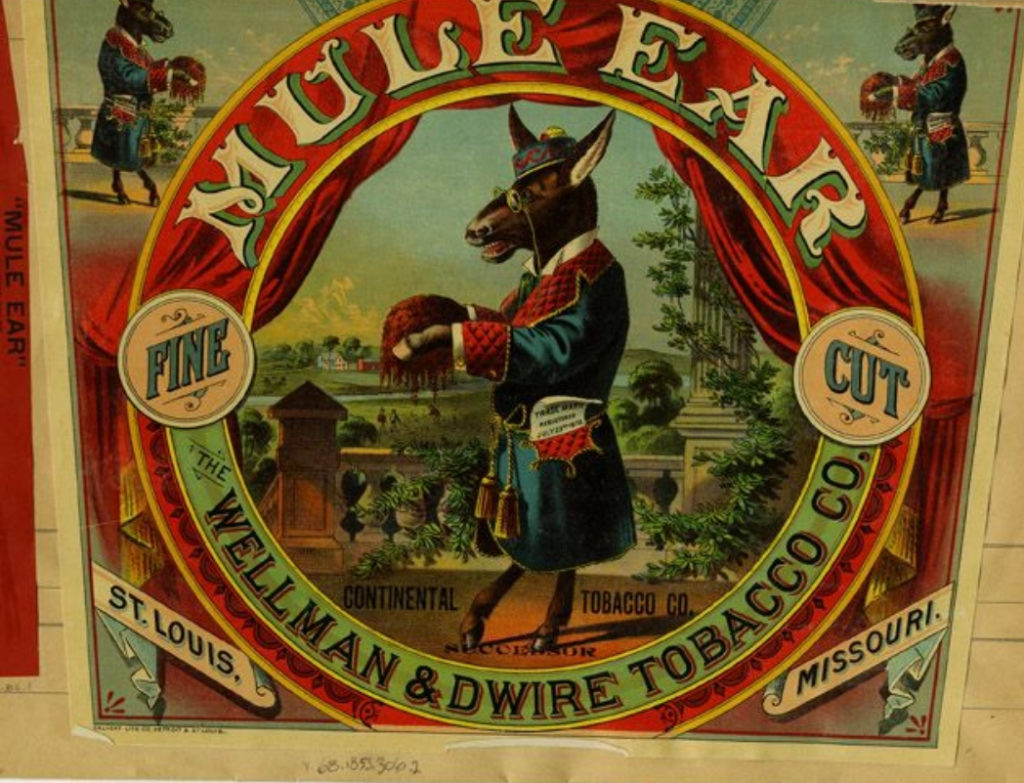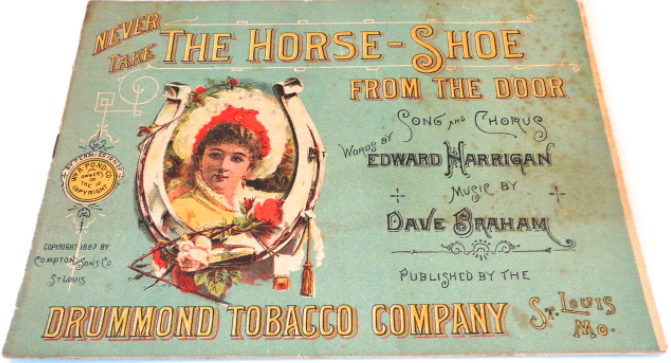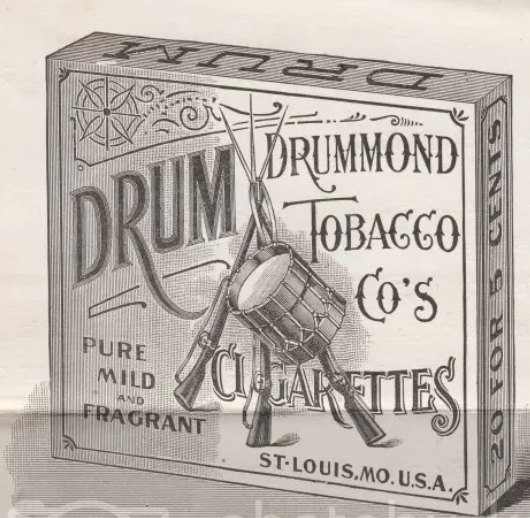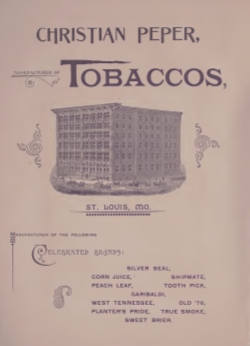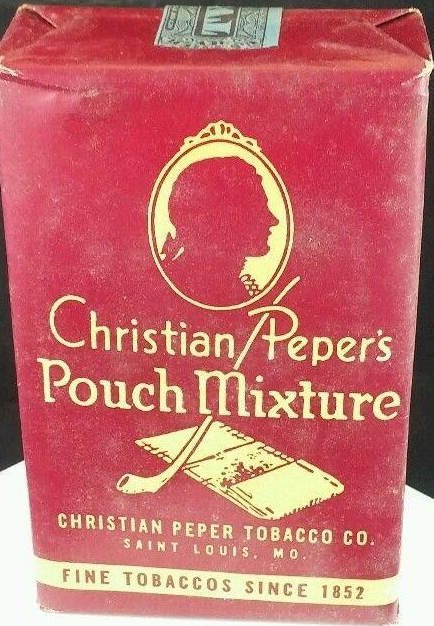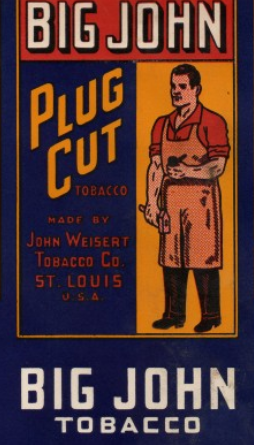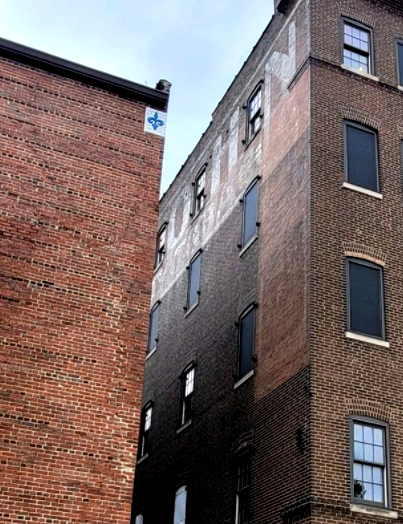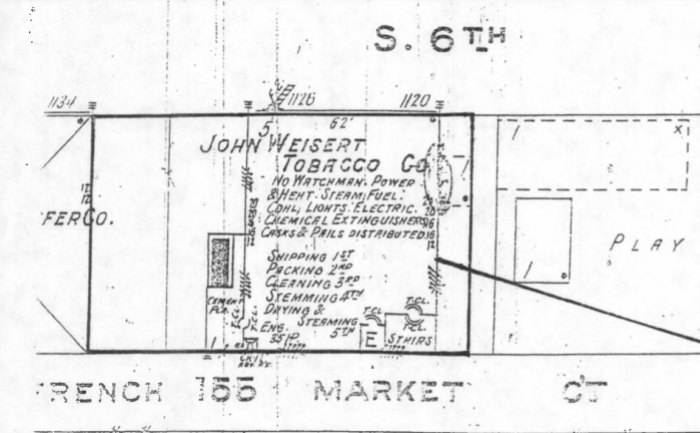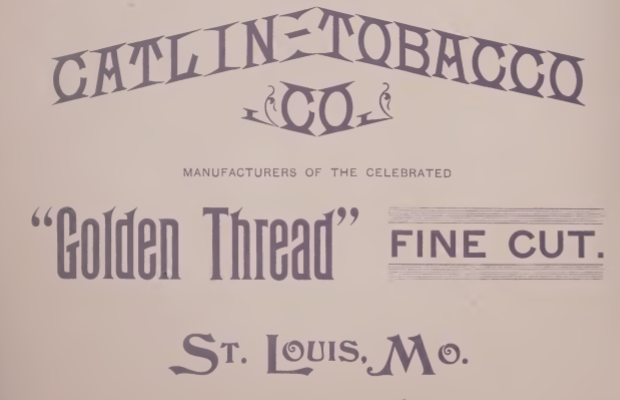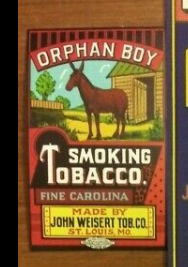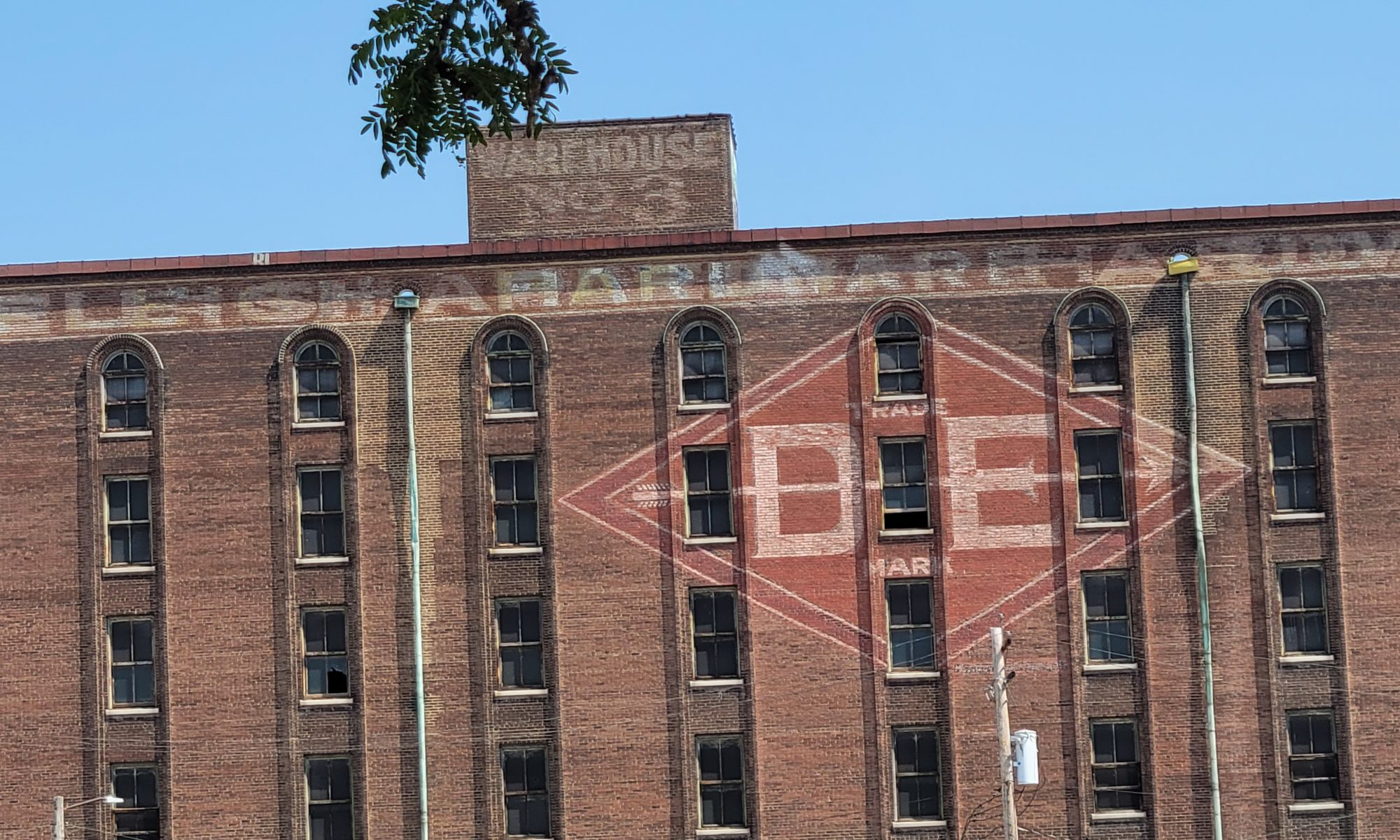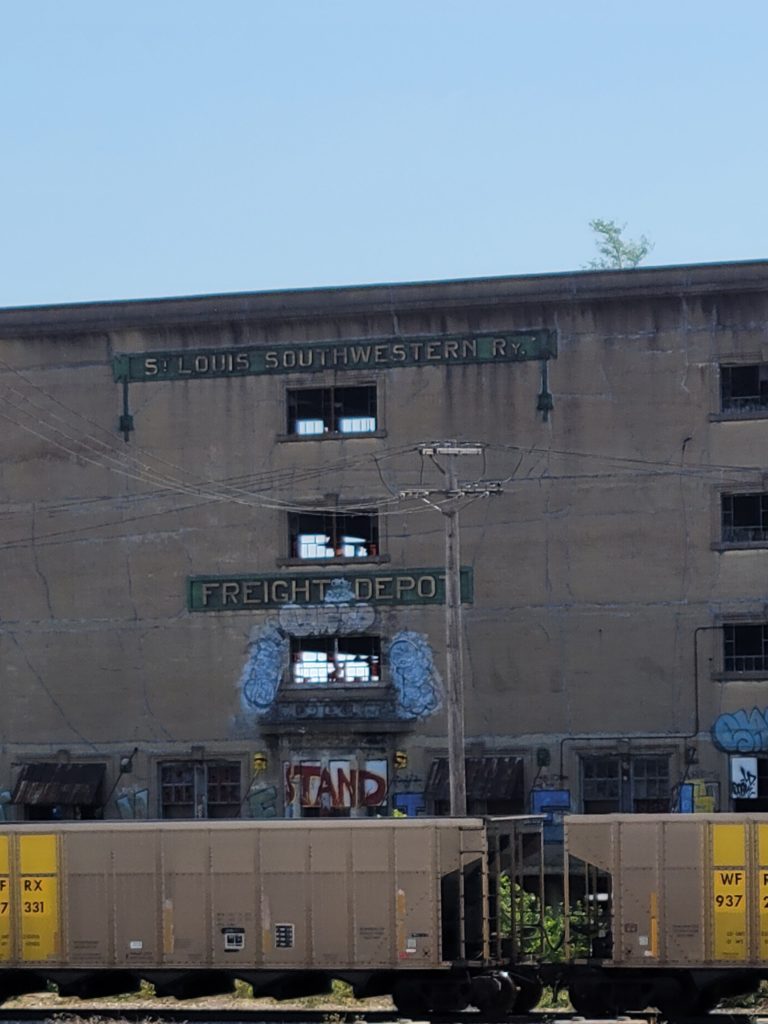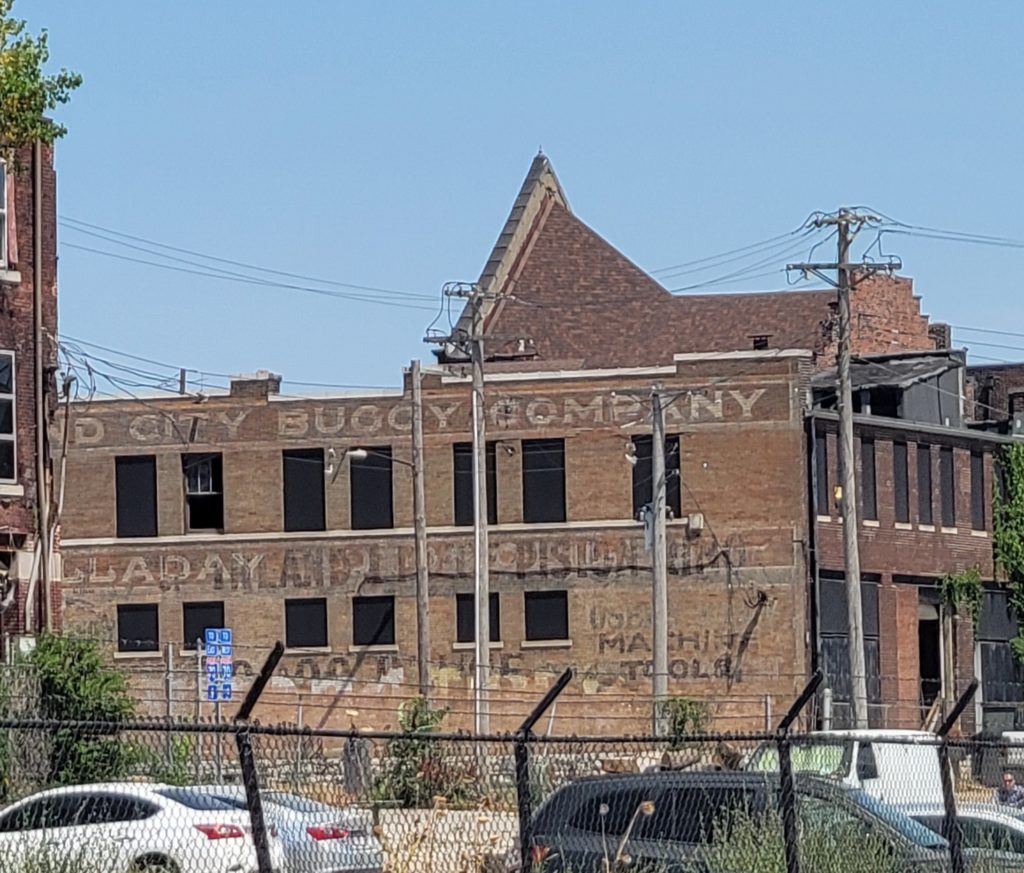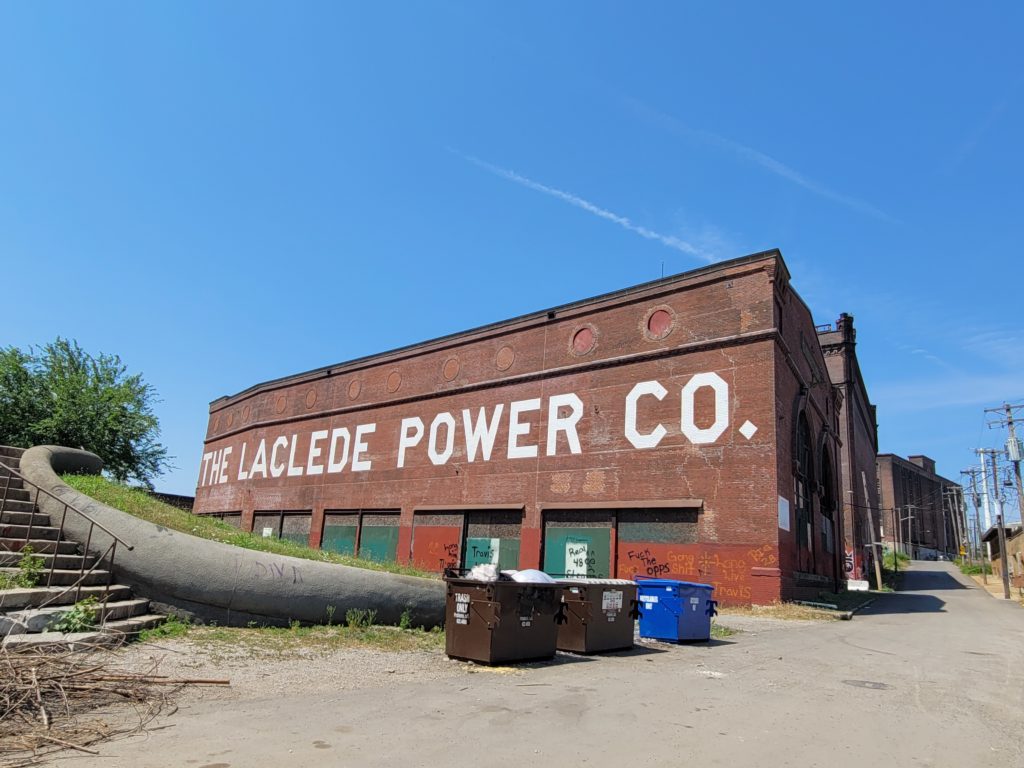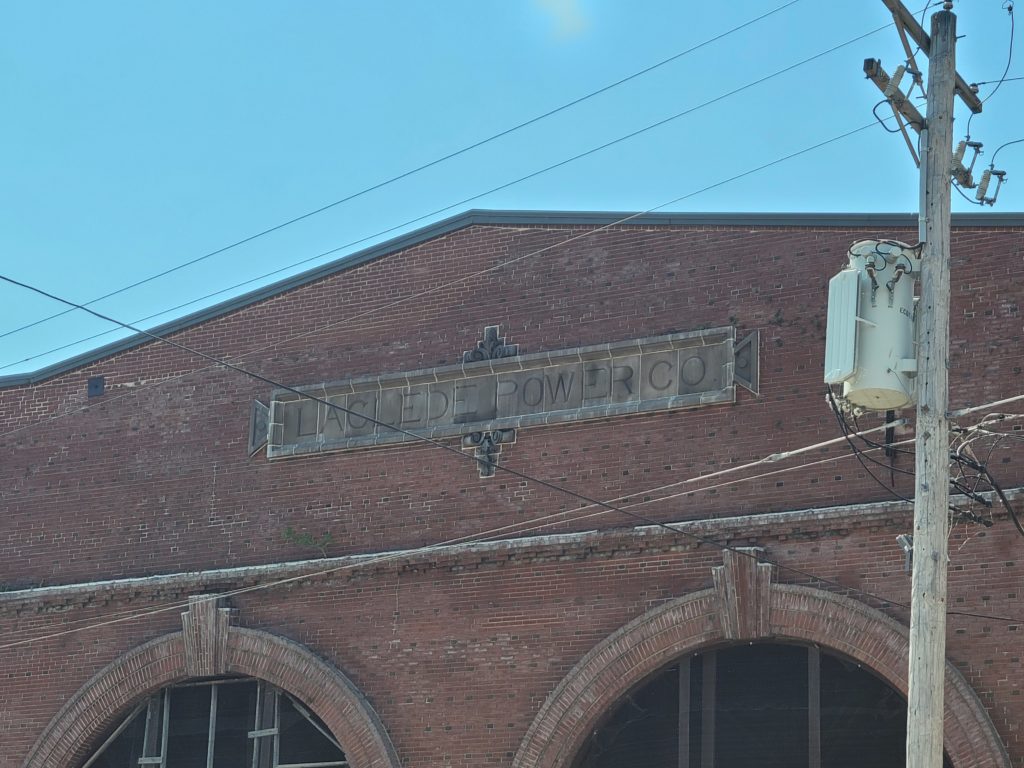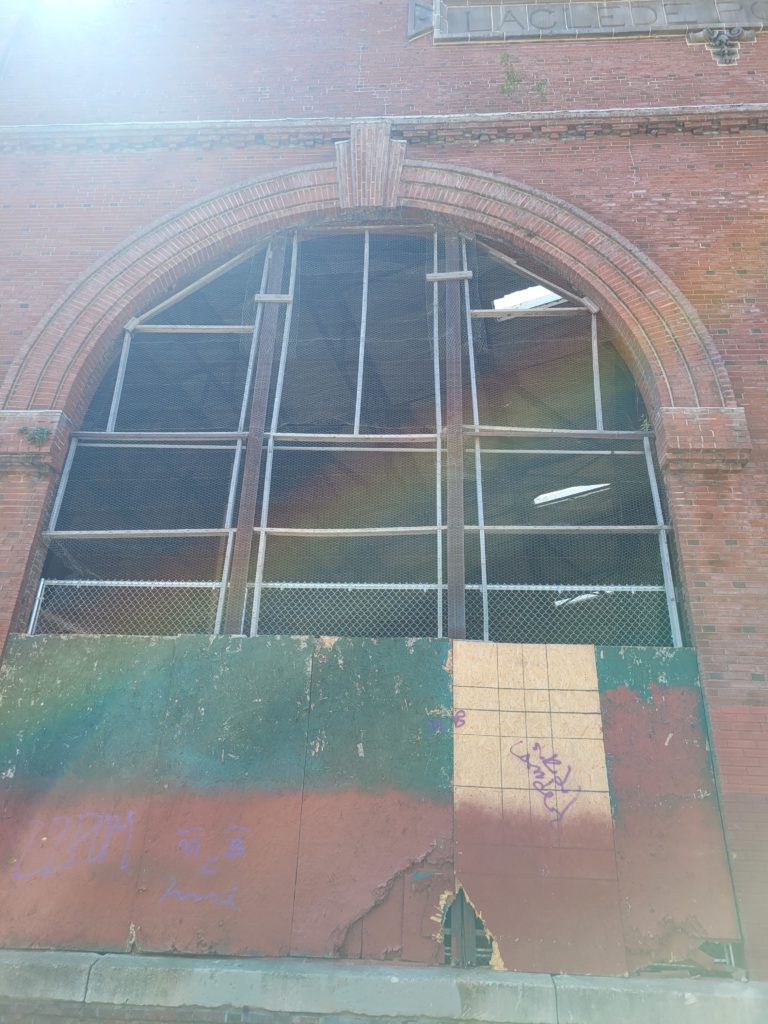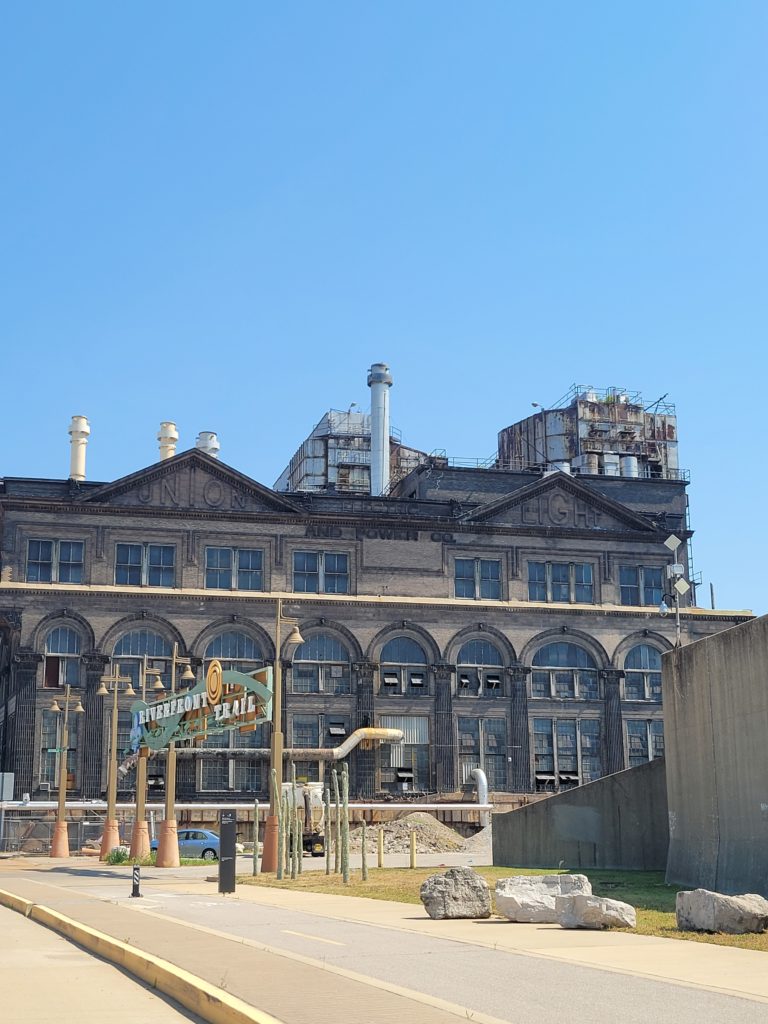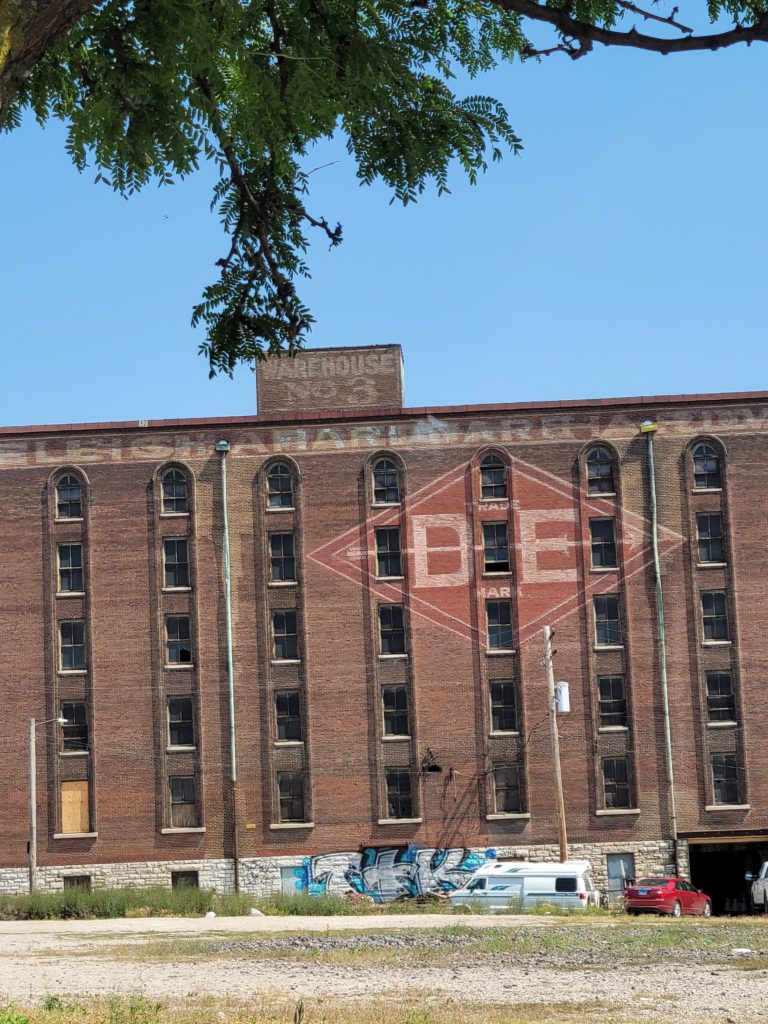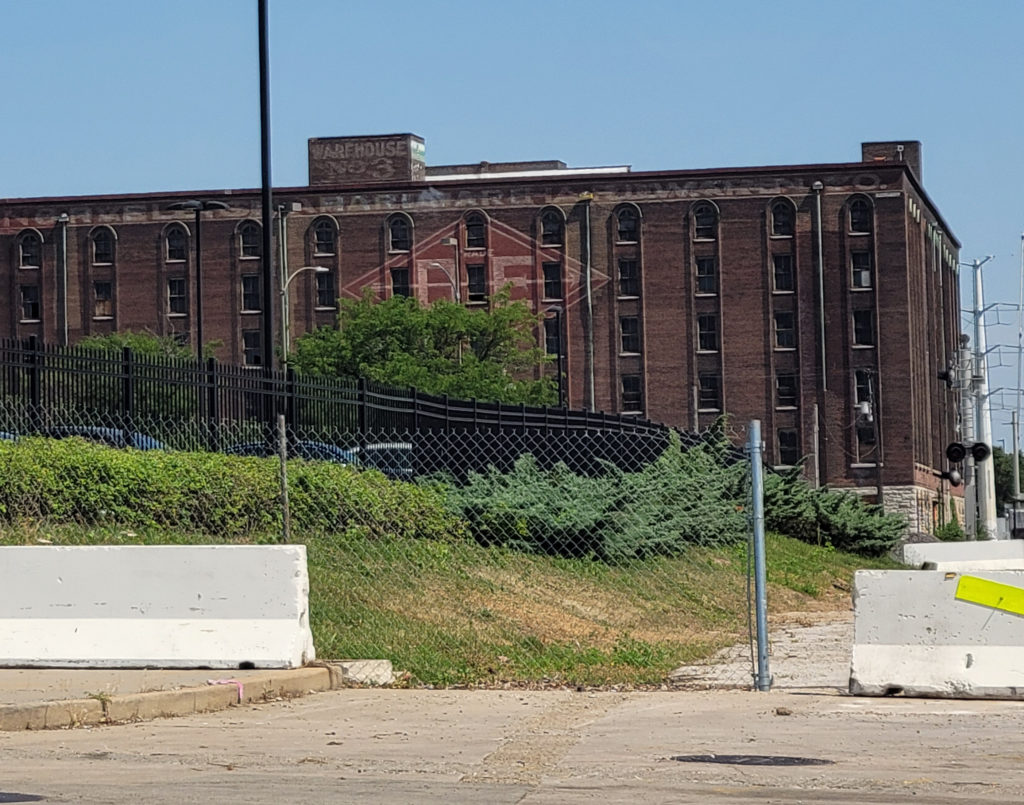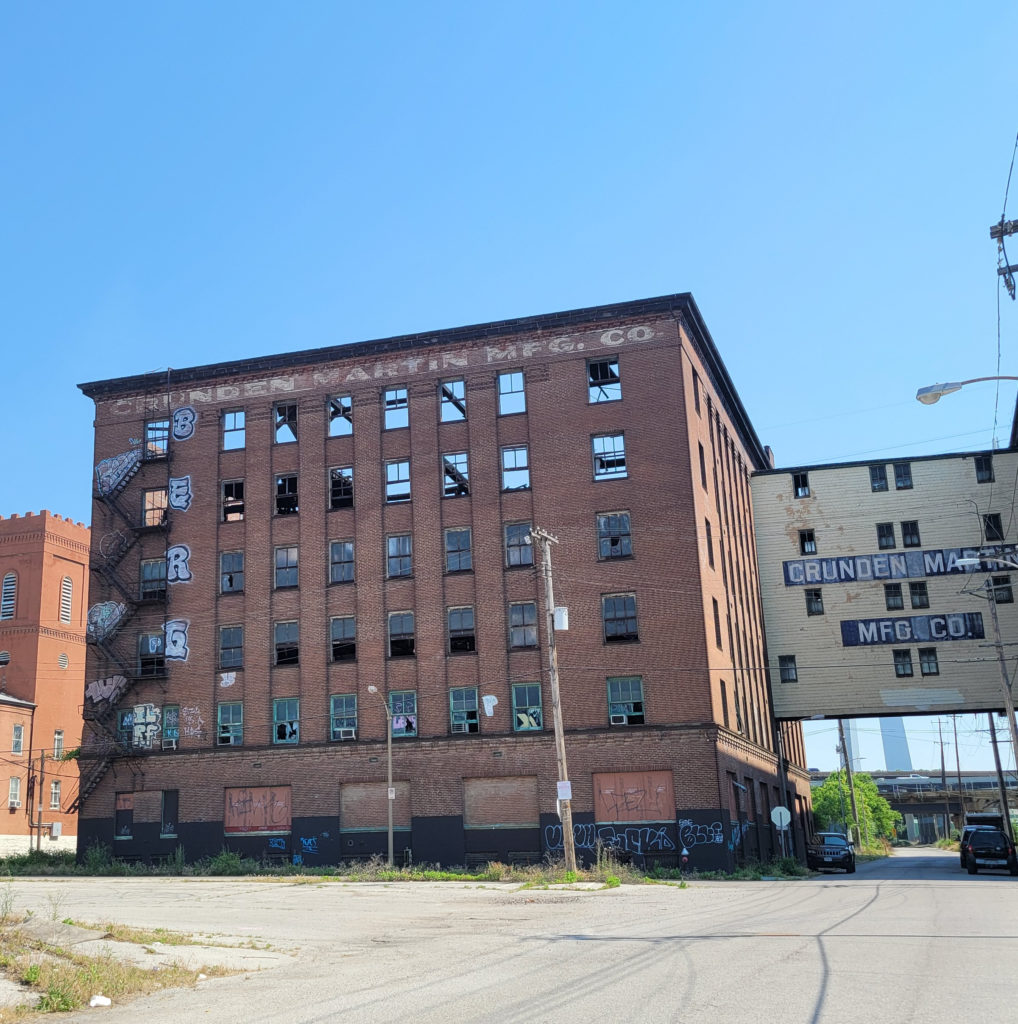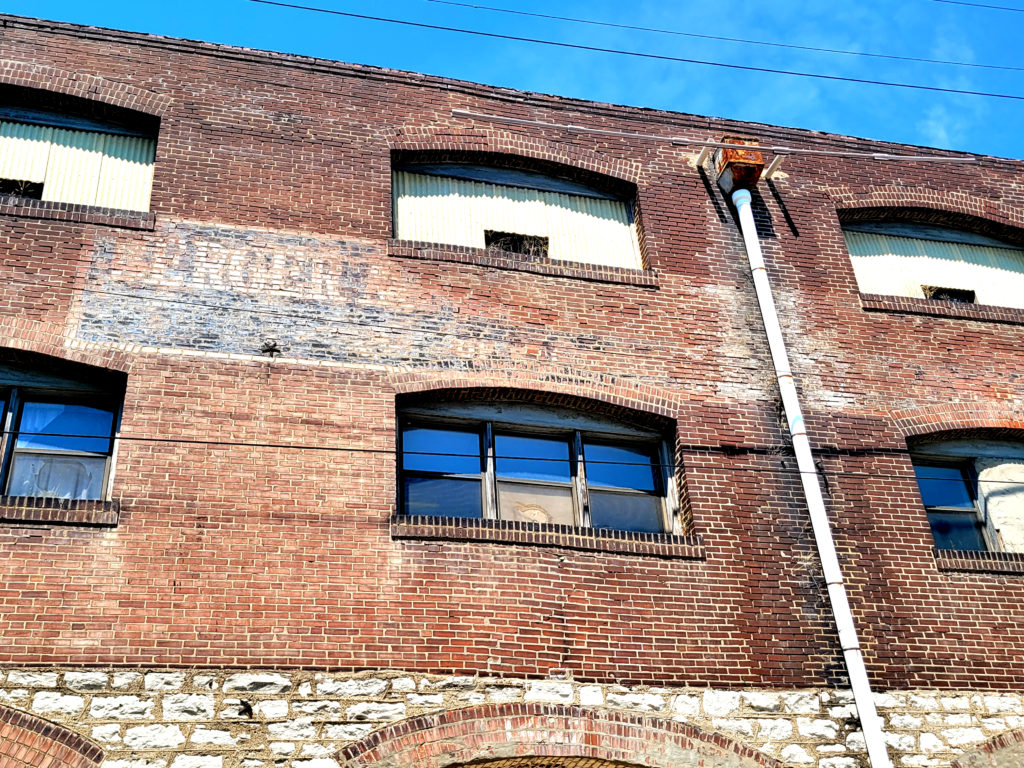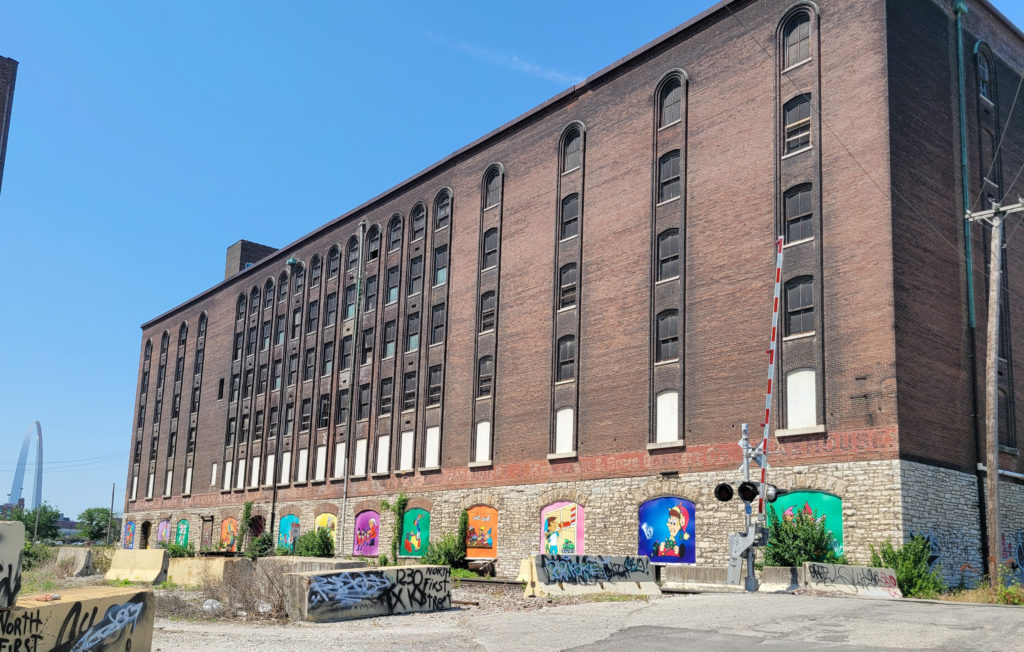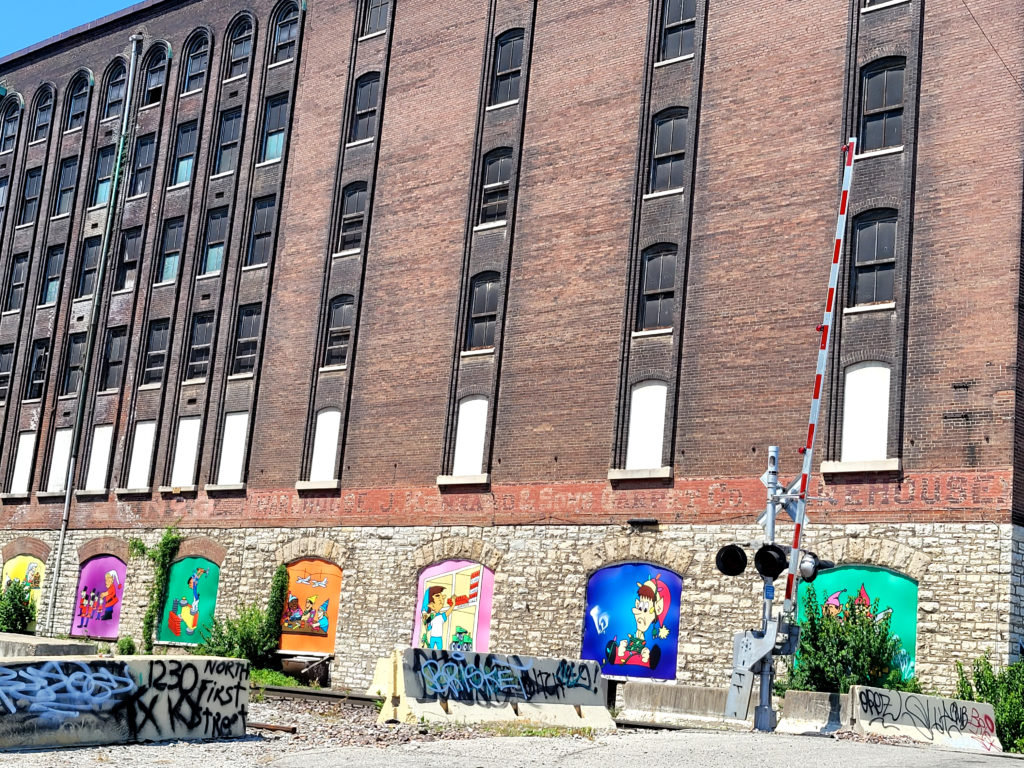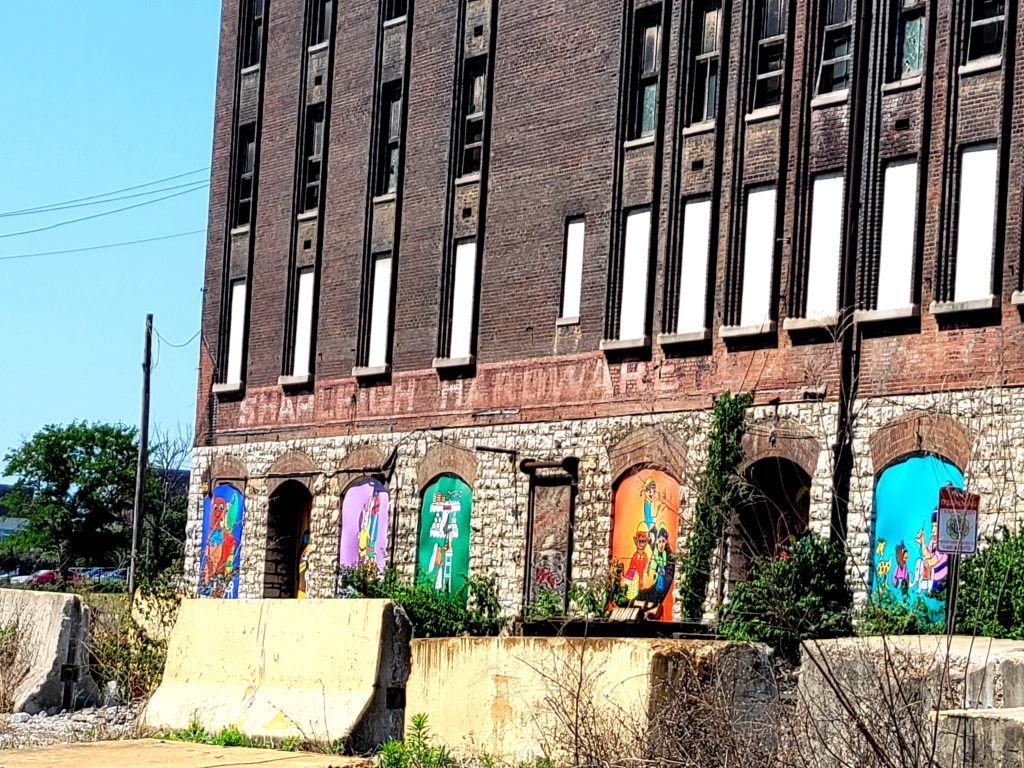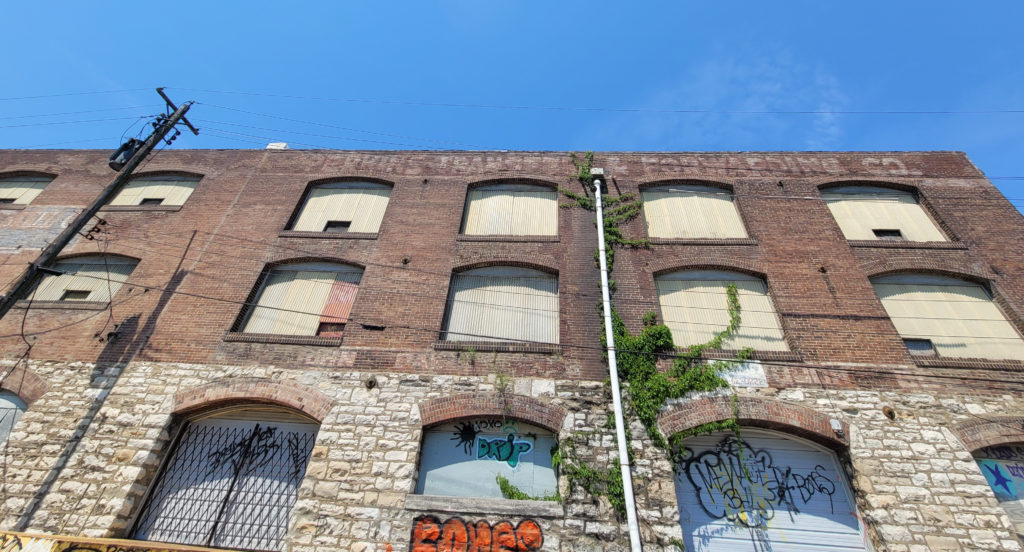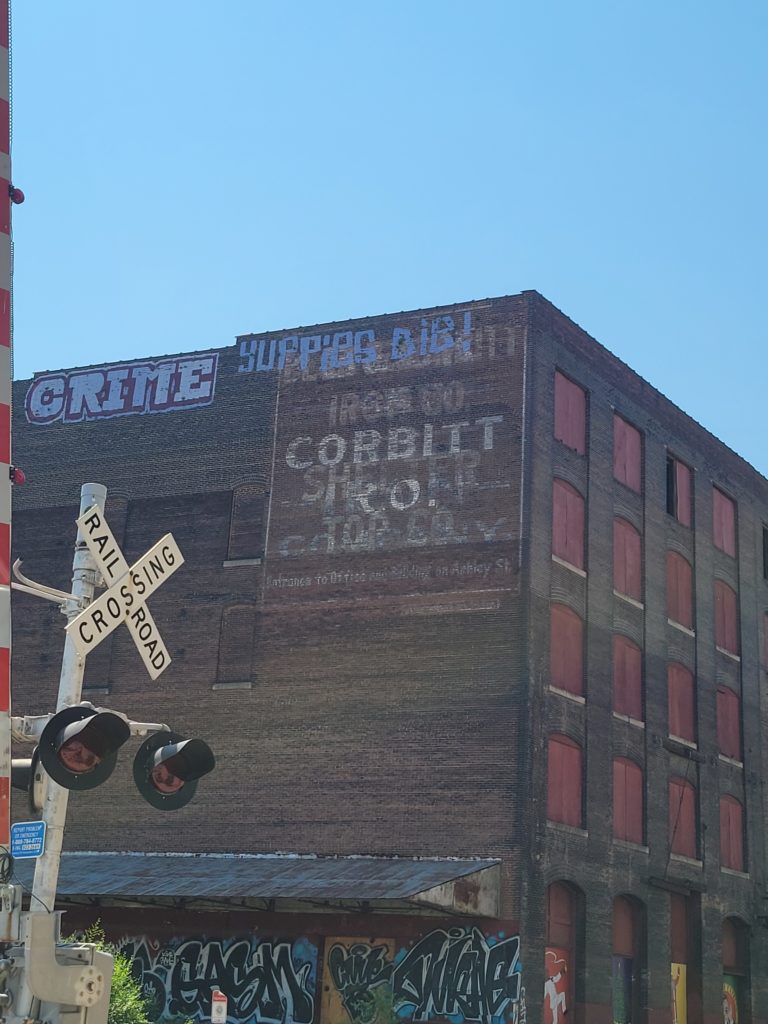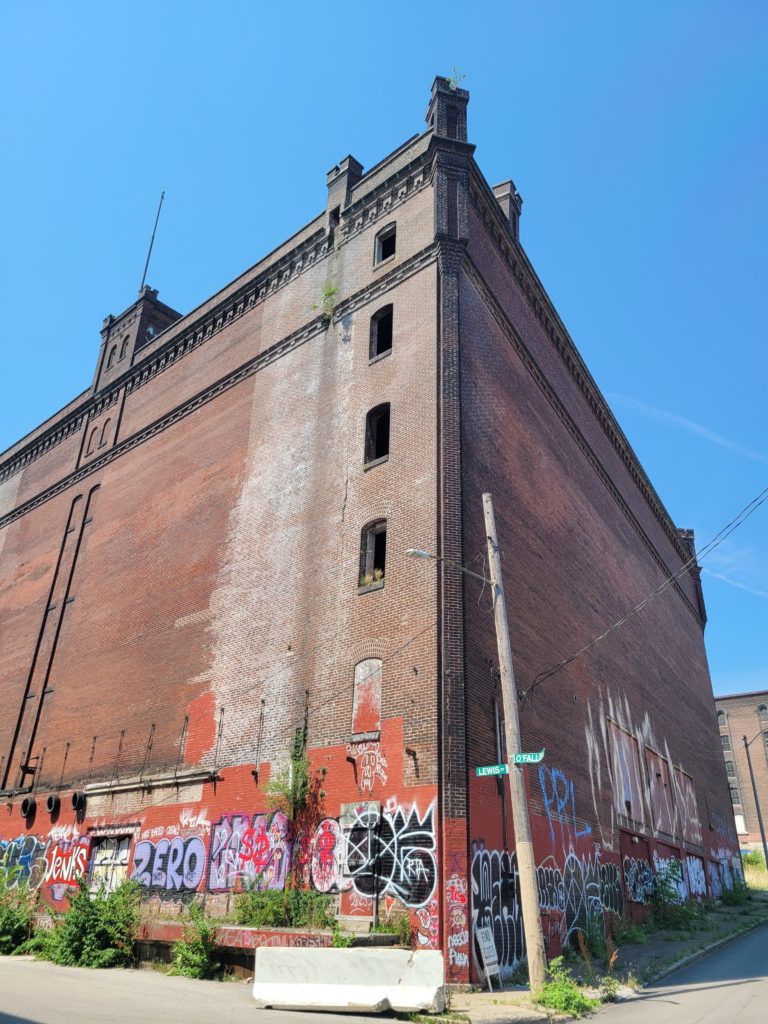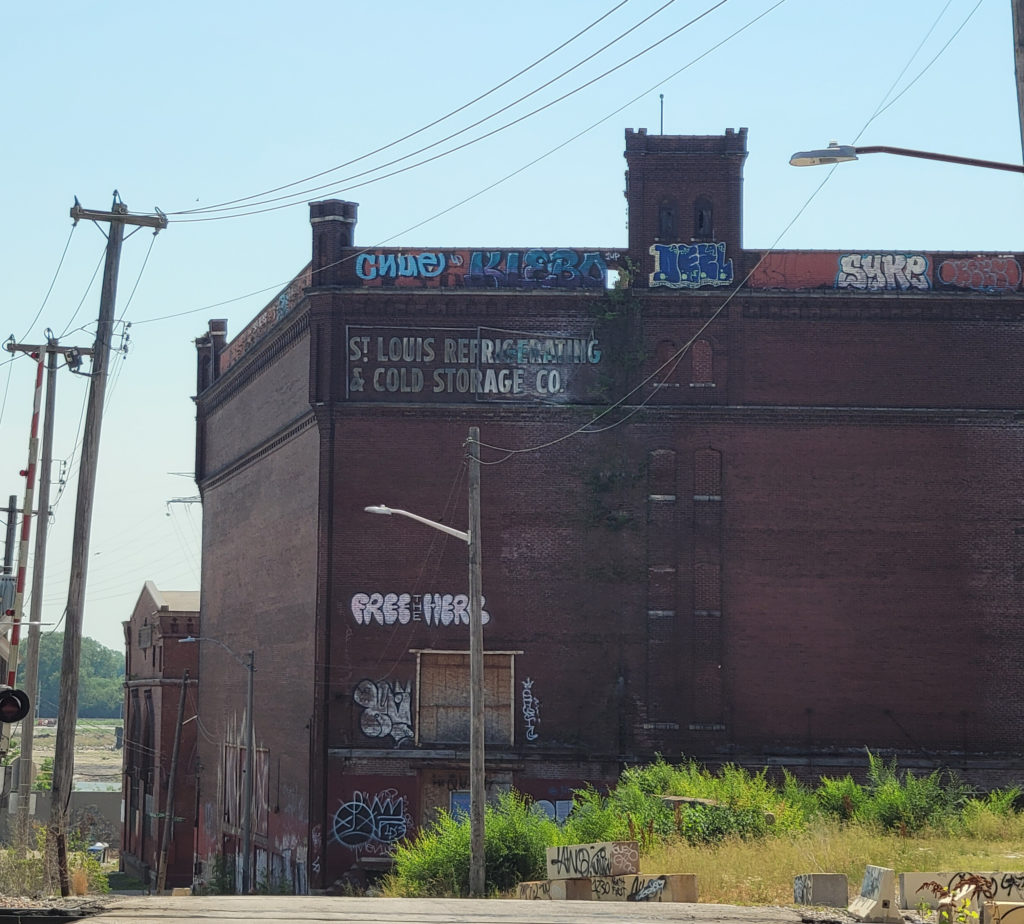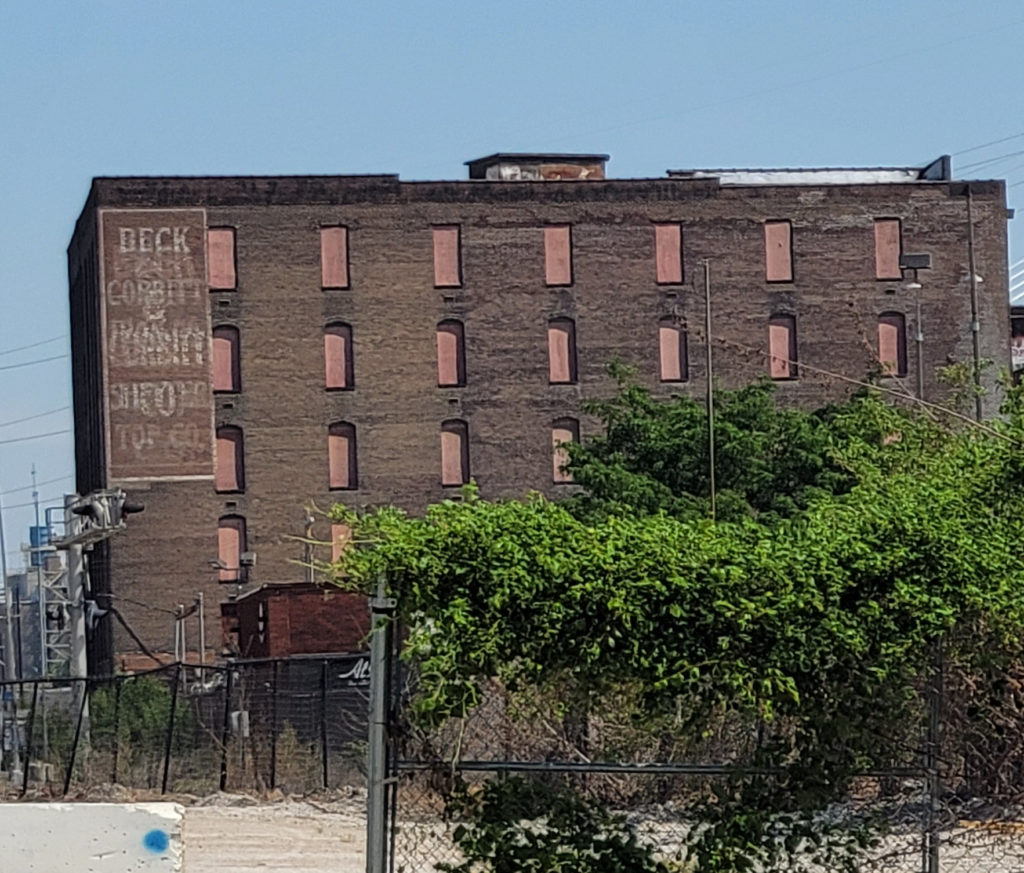The Fire of St. Louis
Ever wonder why St. Louis is called Brick City? Read on, and find out.
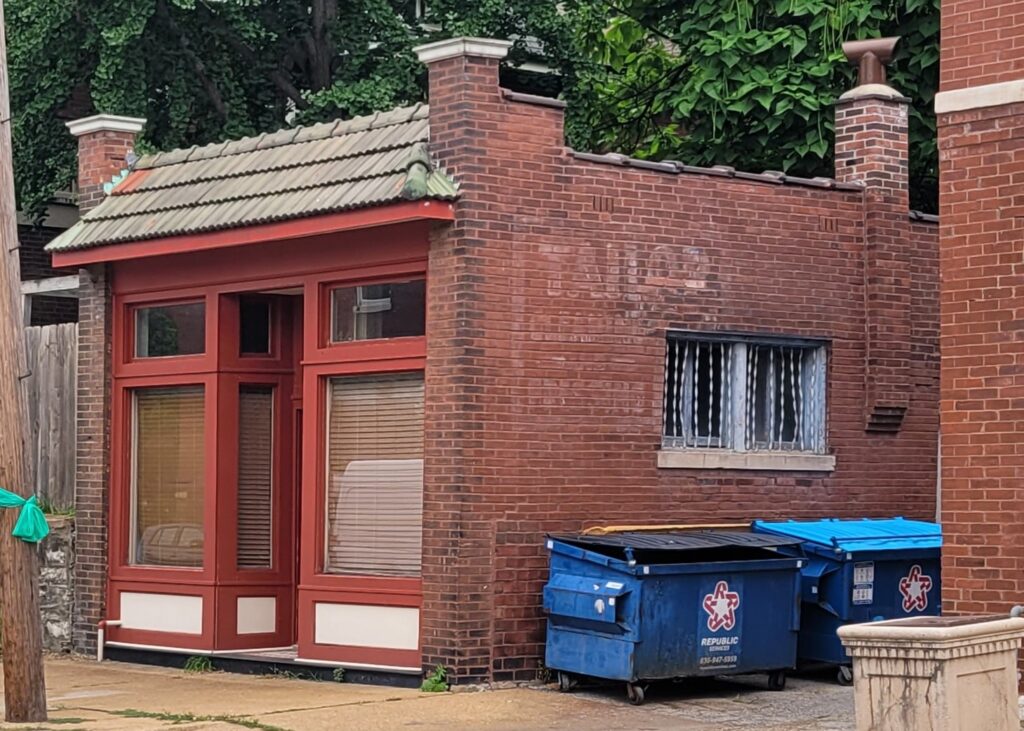
Every great city has had a “great fire” in the 1800’s, and St. Louis is no exception. However, the Chicago fire in October 1871, began in a barn outside of the city and killed 300 people, lasting about 24 hours.
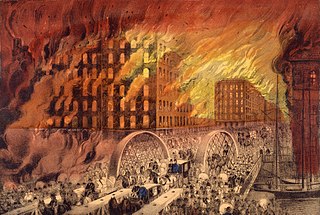
London
London’s great fire, during King Charles II’s reign, in 1666, started in a bakery when a spark from an oven lit the fuel in the kitchen. This truly was a great fire as it lasted 4 days and happened during a plague. Almost 13,000 of the mostly wood buildings and churches were leveled. The best part is only 6 people died during this fire, although some died jumping from windows.
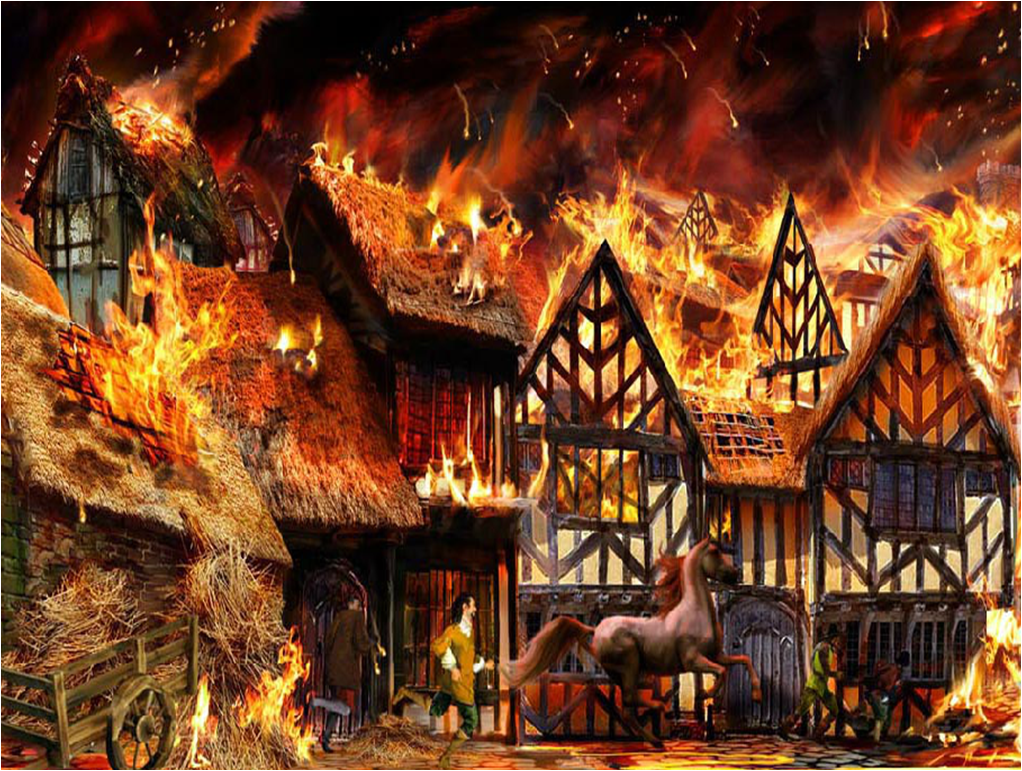
San Francisco
Even the San Francisco fire, burning not only City Hall and killing nearly 3000 people, was started after an earthquake. It lasted three days and burned about 500 blocks. The photos are devastating. You can find more pictures and information here.
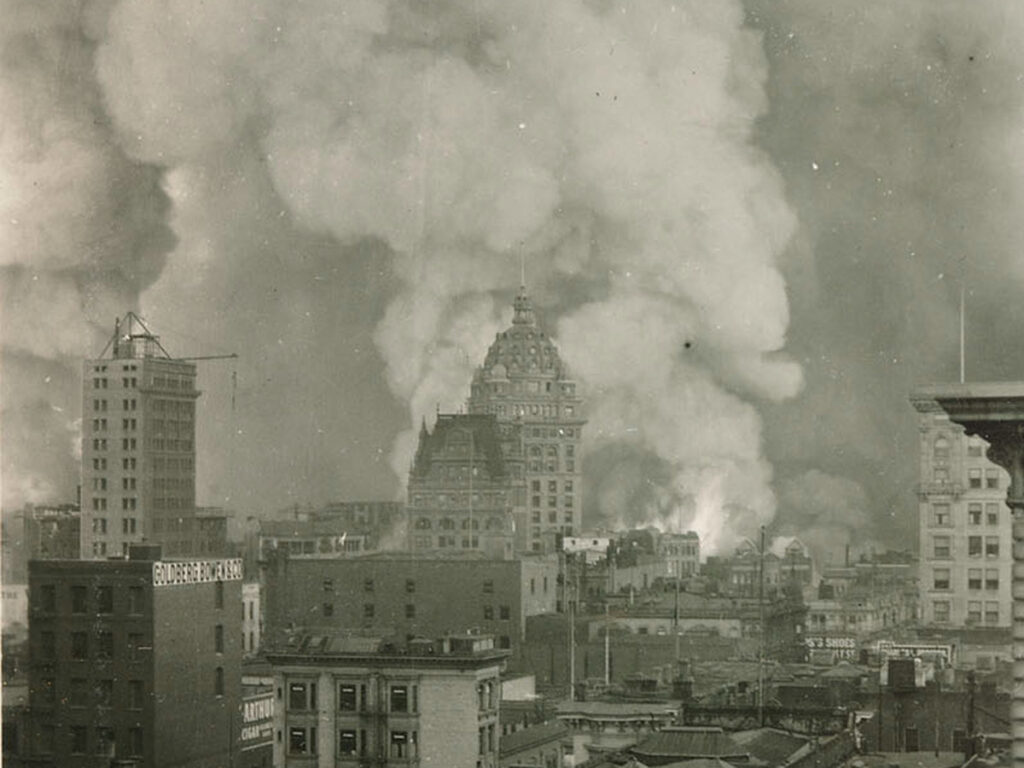
More than one
St. Louis has the distinction of having two ‘great fires’ and the first did not start on land, no, the first one started on the Mississippi River in 1849.

The quiet evening in May started as any other. Ships moving in and out of the busy port city to and from destinations all along the might river. Volunteer fireman, Captain Thomas Targee was at home settling in with his family, when word spread of a mattress on fire on the levee.
The steamboat White Cloud was moored at Cherry Street on the landing, when a mattress caught fire. The men on board tossed the mattress overboard while it was still smoking. It hit the large ropes holding the ship in place. The mooring ropes caught fire and quickly set the White Cloud a blaze. The White Cloud had then broke free and was setting adrift down the river. Eventually 22 more boats and barges were lit as well.
Captain Targee had alerted the volunteer firemen and had 9 hand cars and hose reel wagons enroute.
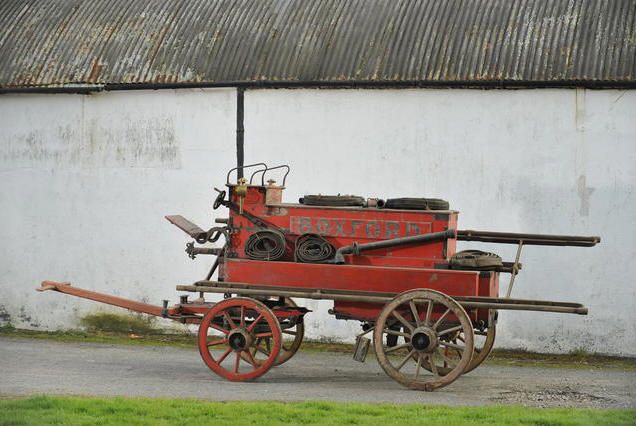
The flames were leaping high into the night sky and leaping onto the nearby wooden structures on the waterfront. Soon four blocks of buildings were engulfed. Main Street, Olive, 2nd and Market. 3 blocks away, a copper shop was burning down.
In defensive actions, 6 buildings were blown up to prevent further damage and stop the spread. The last of the six to be strategically used as a fire break, was the Philips Music Store.
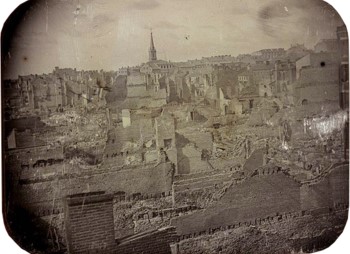
Loss of life
It was during this last blast that Captain Targee lost his life. Thus giving the St. Louis Fire department the distinction of being the first city to have a firefighter lose his life during a fire. In the aftermath, boats and nearly buildings burned. Alarms were used to warn people and surprisingly only 3 people lost their lives.
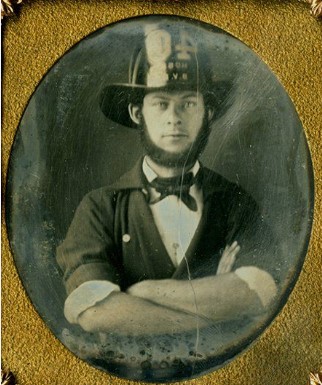
New Codes
Building codes in the city were quickly put in place requiring new structures to be made of stone or brick. Multiple brick manufacturing companies sprang up throughout the city.
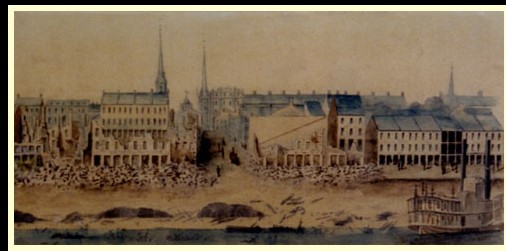
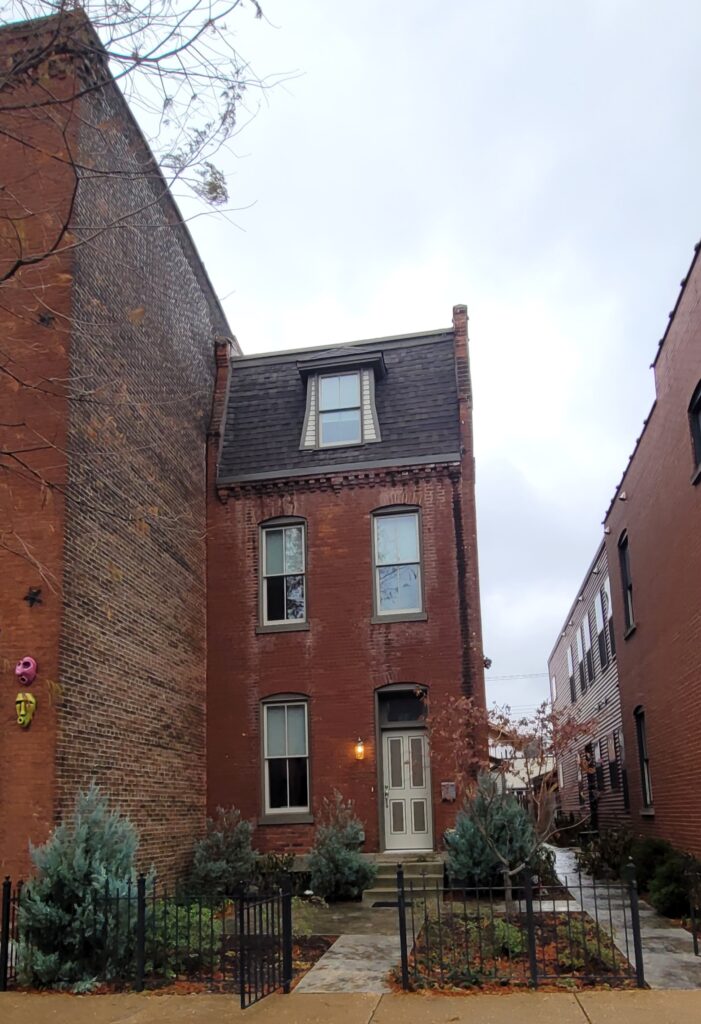
The St. Louis Fire Department is the second oldest paid department in the United States. It began in 1822 as a volunteer fire department and became a paid dept. in 1857.
Second large fire St. Louis 1976
127 years later, a fire broke out or was set, on automotive row on Locust Street in an abandoned building. It spread so quickly six surrounding buildings and a fire pump truck was destroyed. In all 200 firefighters and 51 trucks were called on the scene and 8 people were injured.

It was later determined scrap metal thieves were the cause of the igniting.
This area looked so bad that it was used as a backdrop for the movie Escape From New York with Kurt Russell in 1981. It remained seedy and run down for several years.

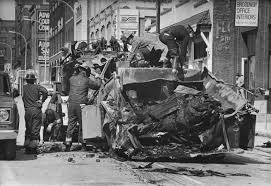
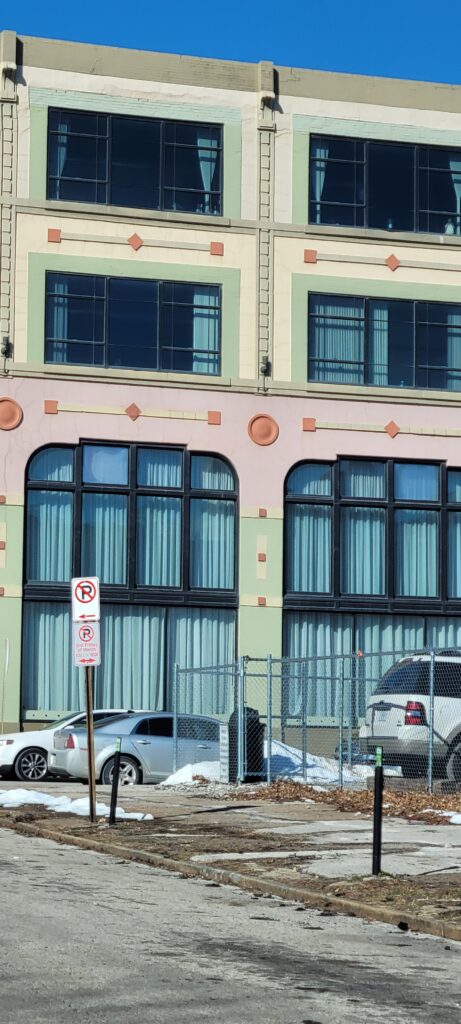
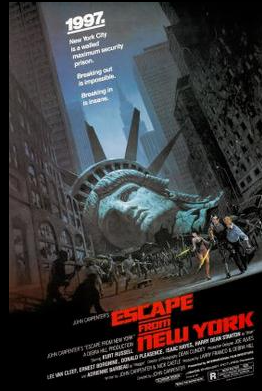
I may do another blog on the locations used for this 1981 film. I guess I should watch it first.
What areas of history or St. Louis do you want to learn about next? Leave a comment, like and share.


